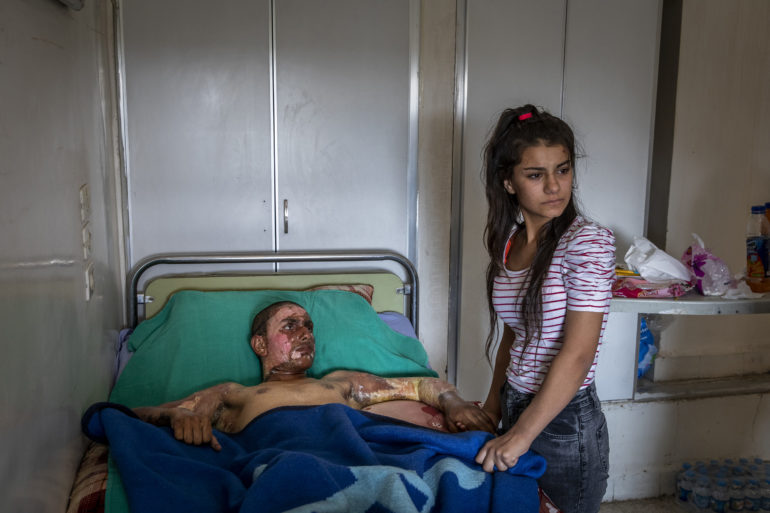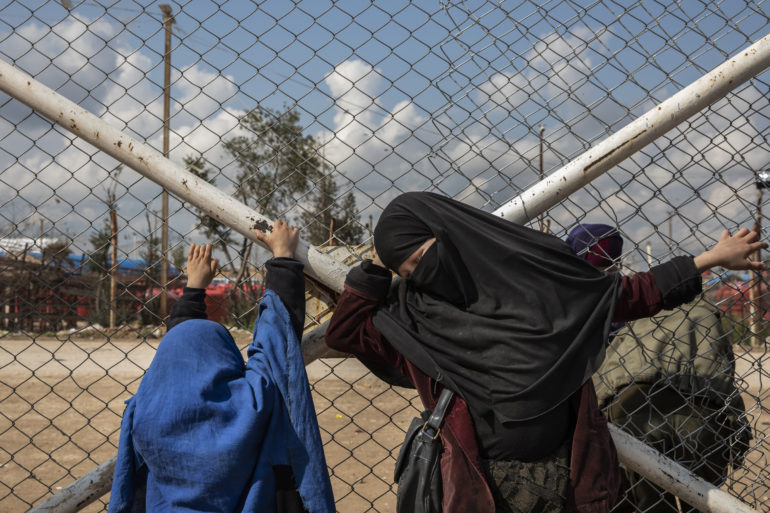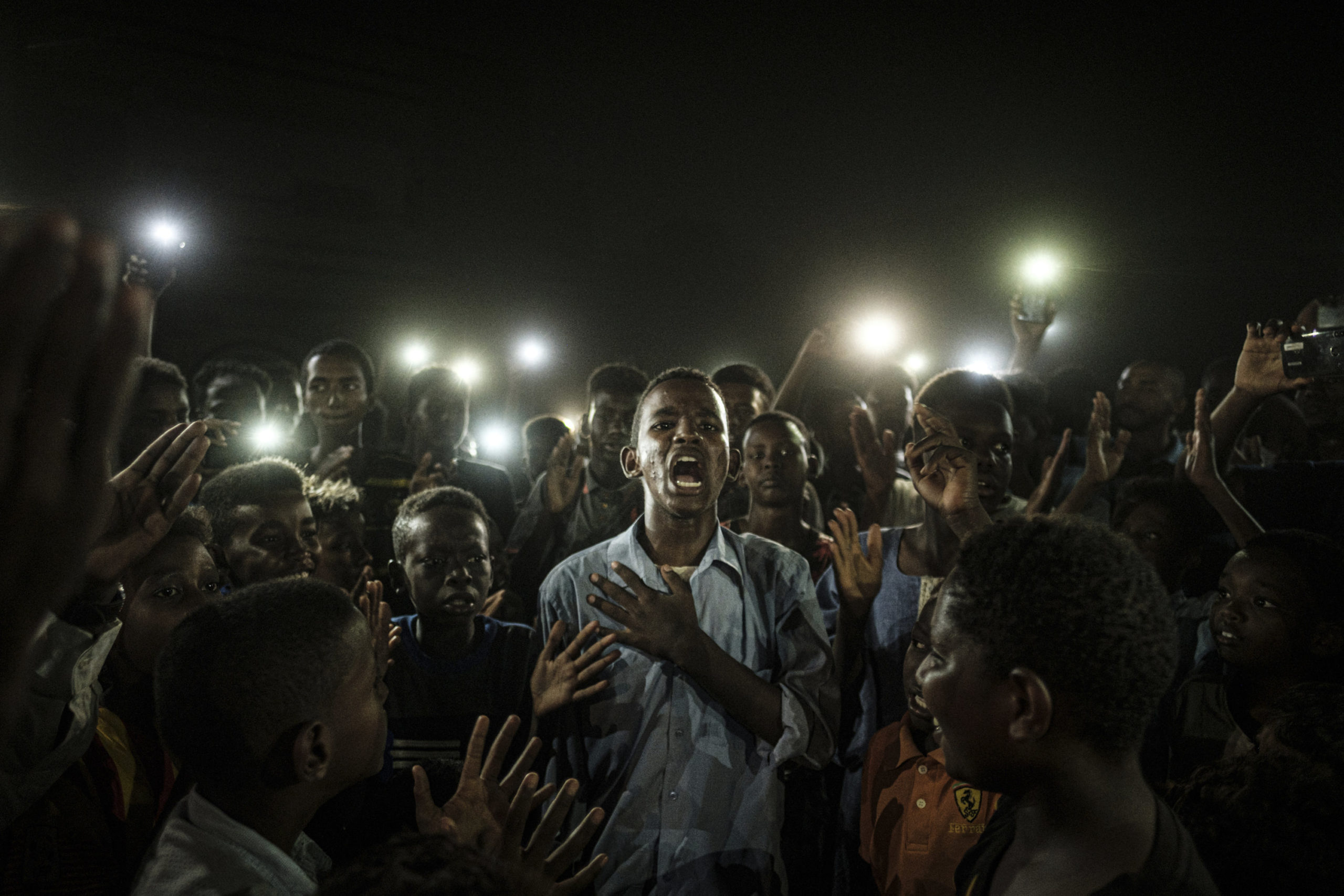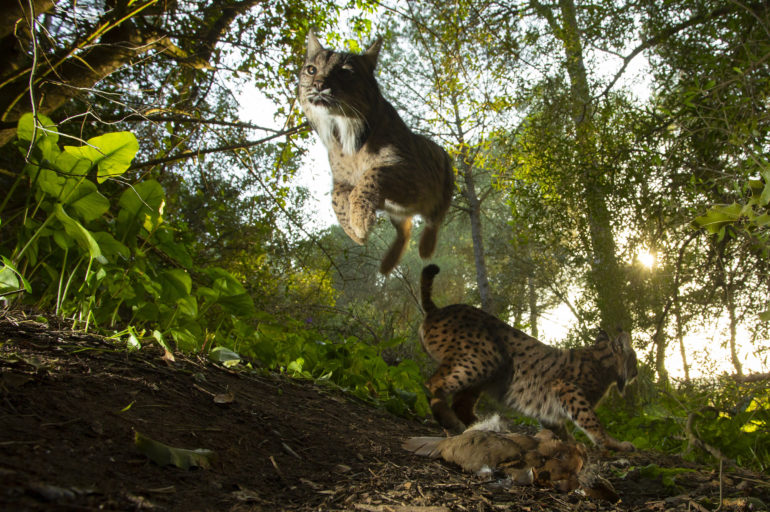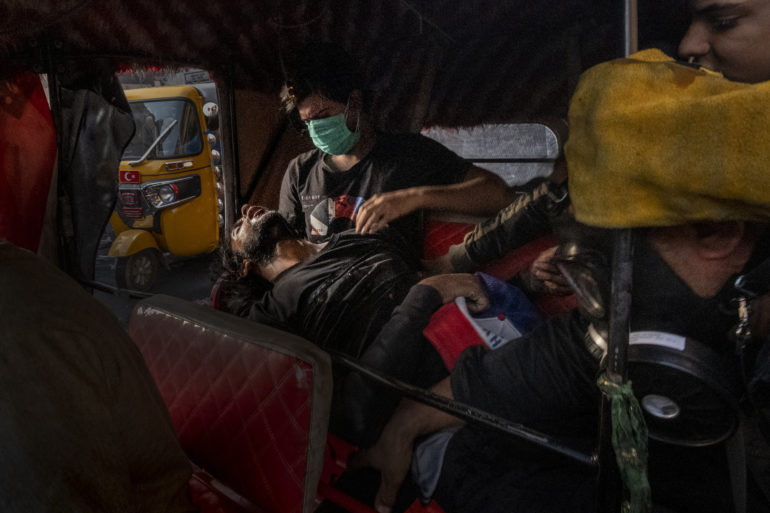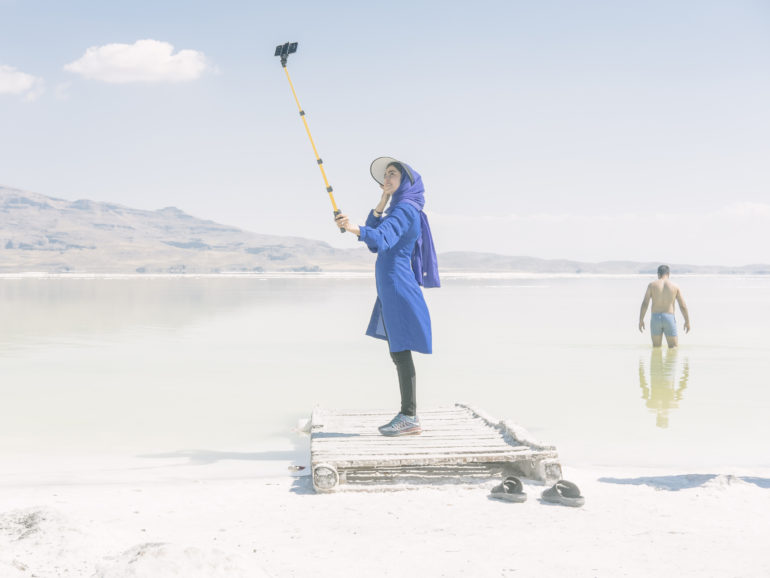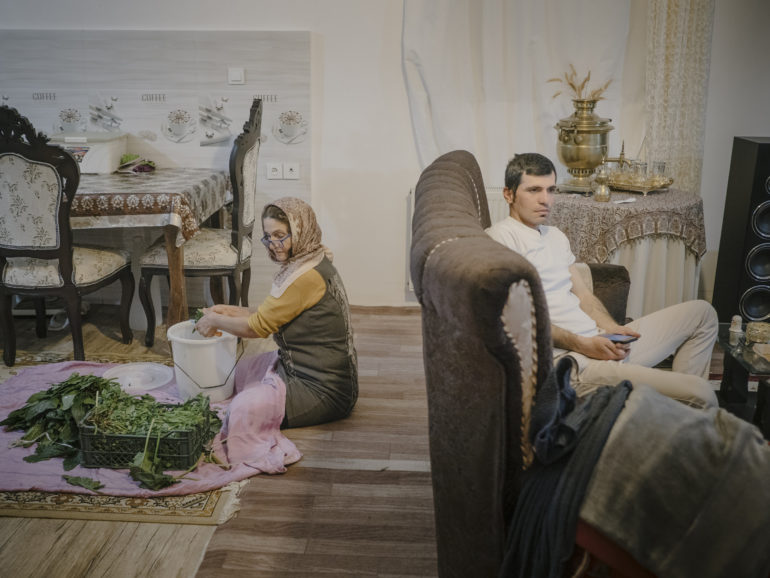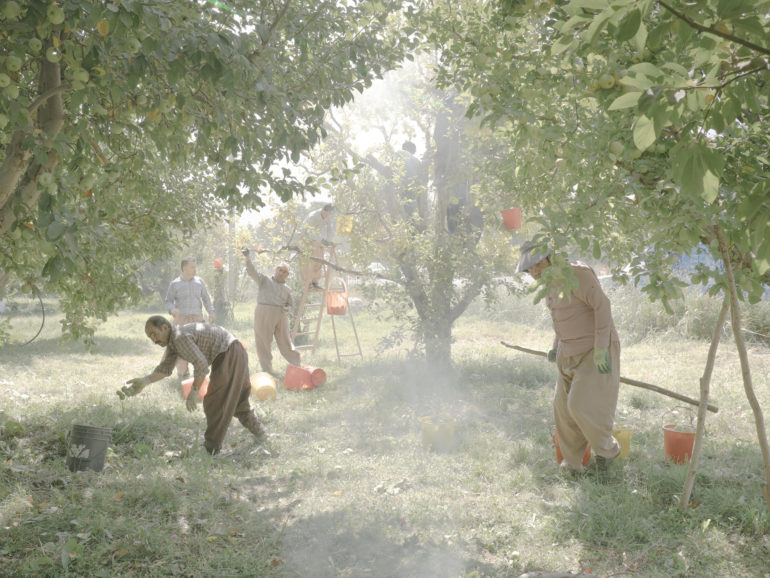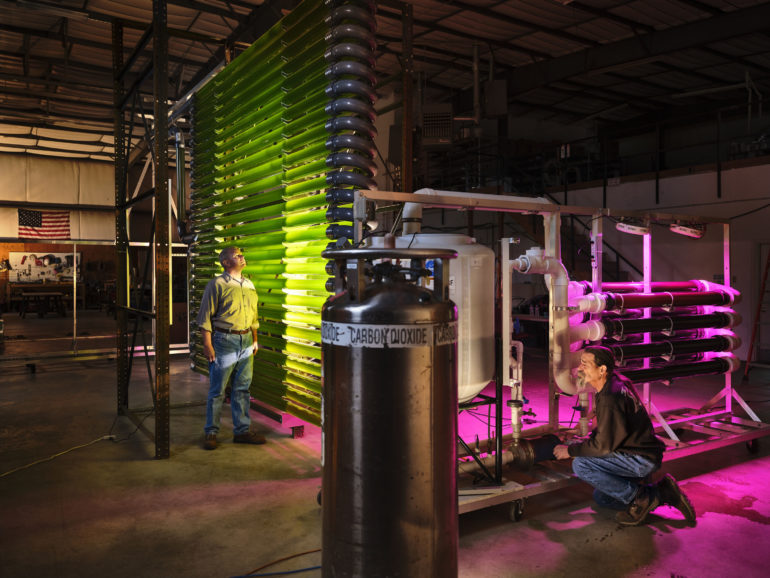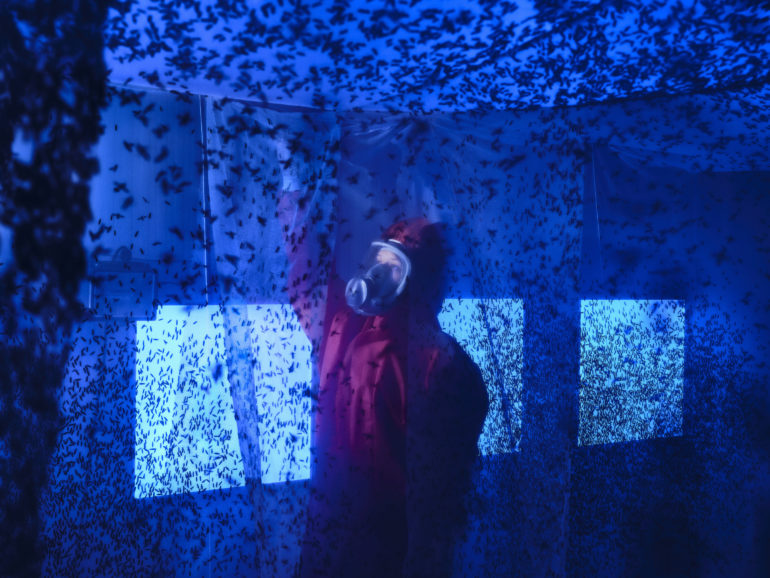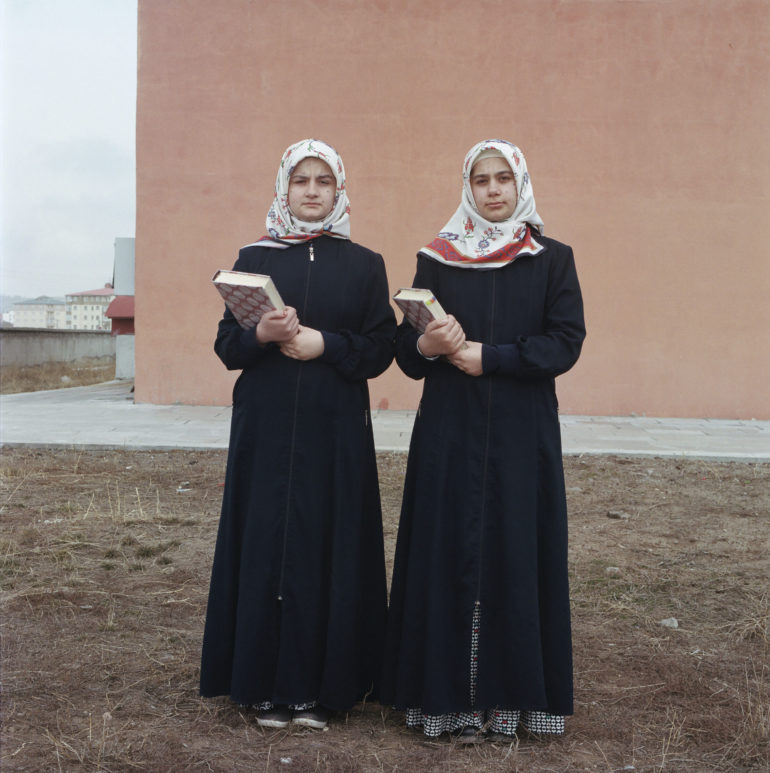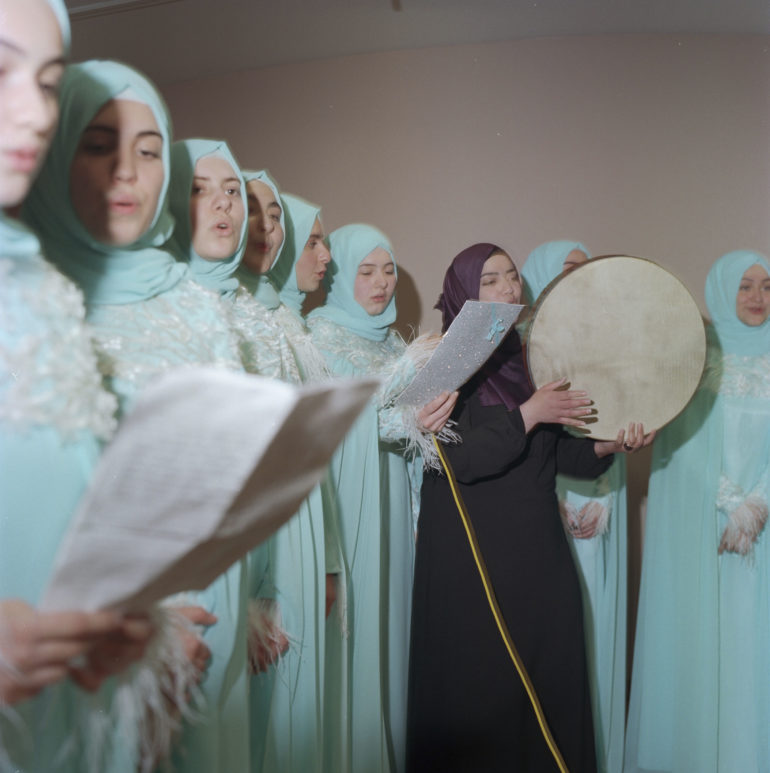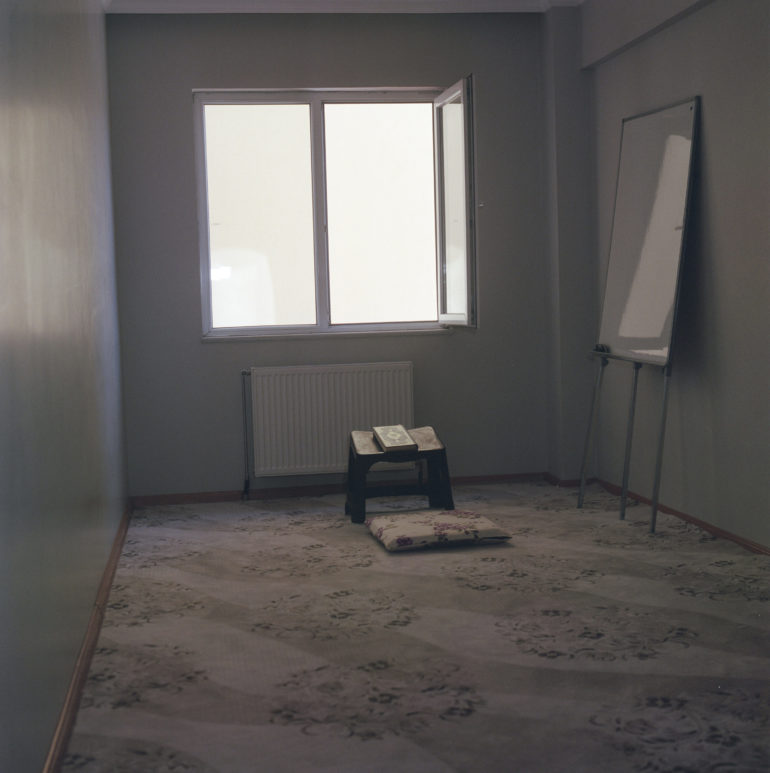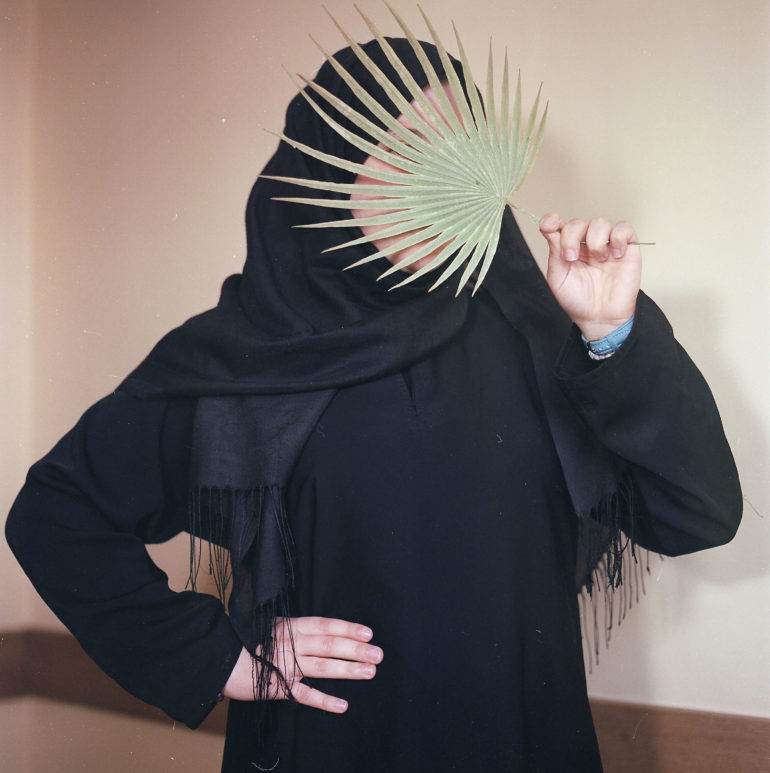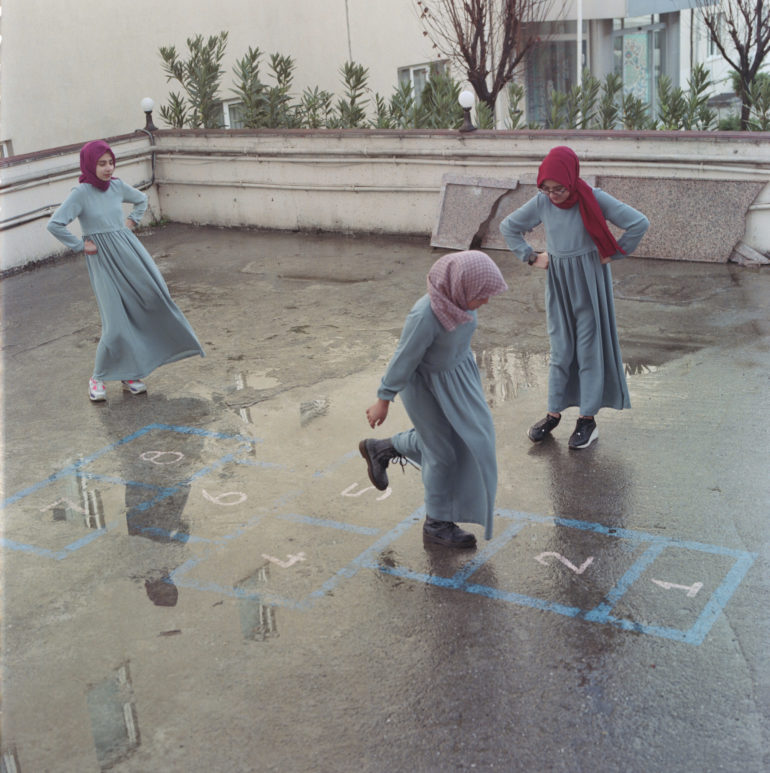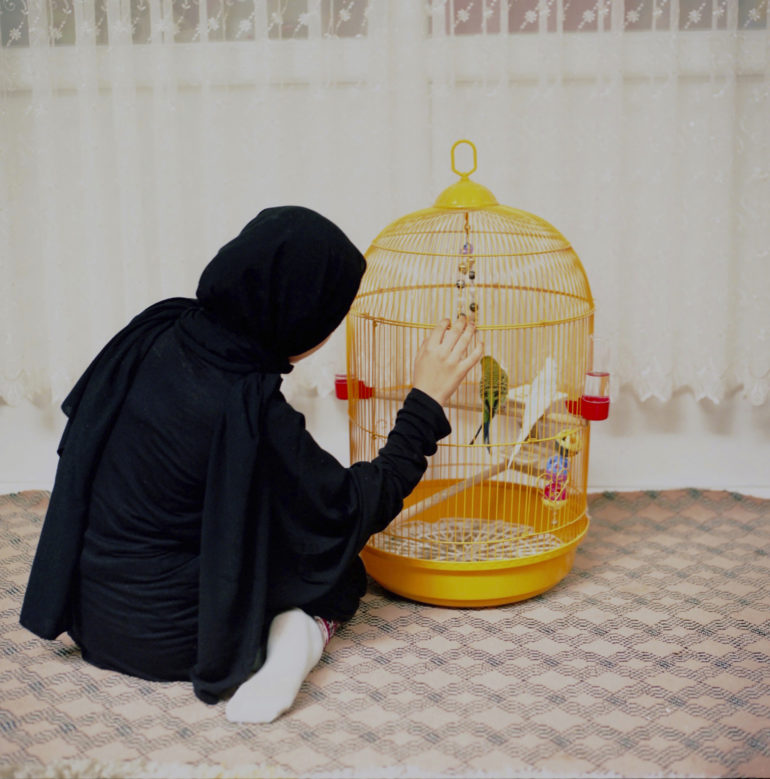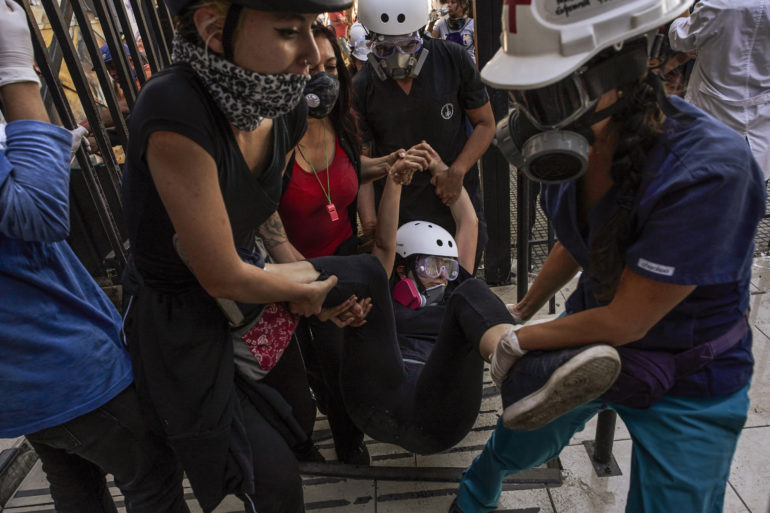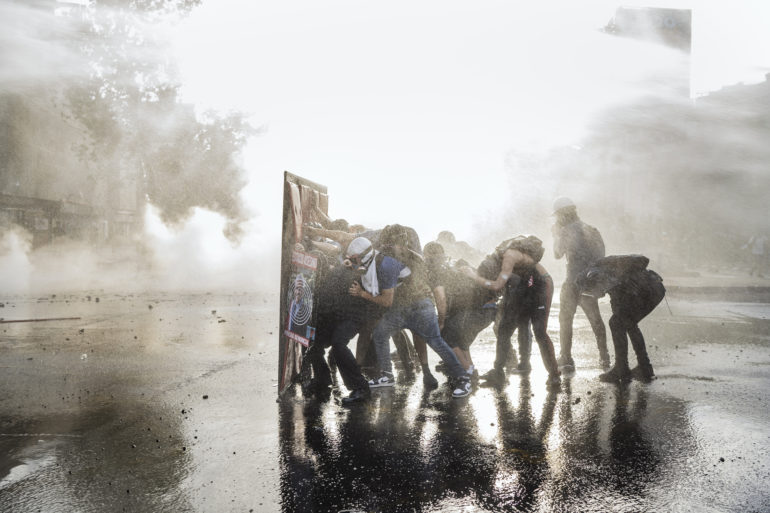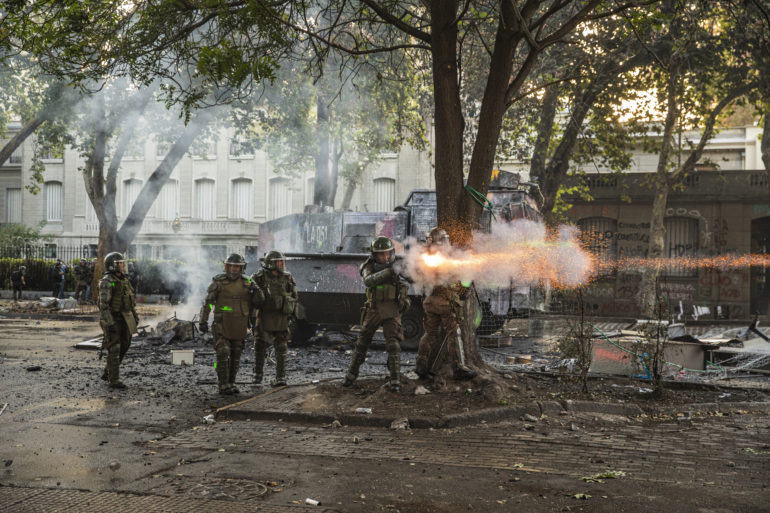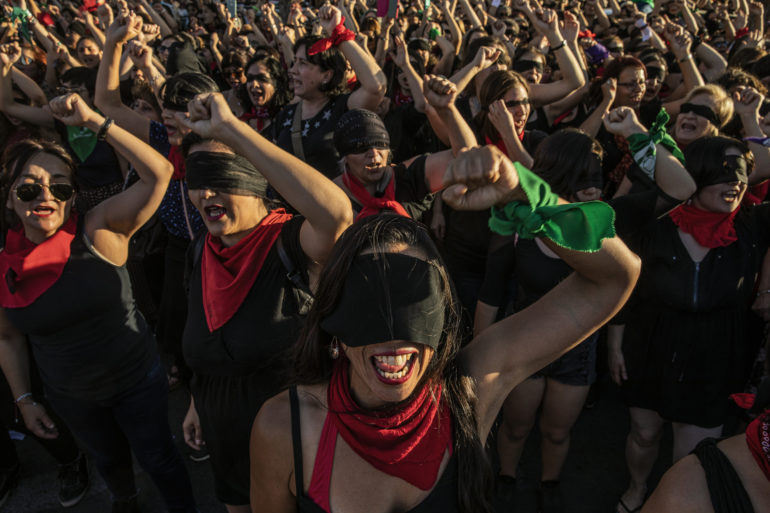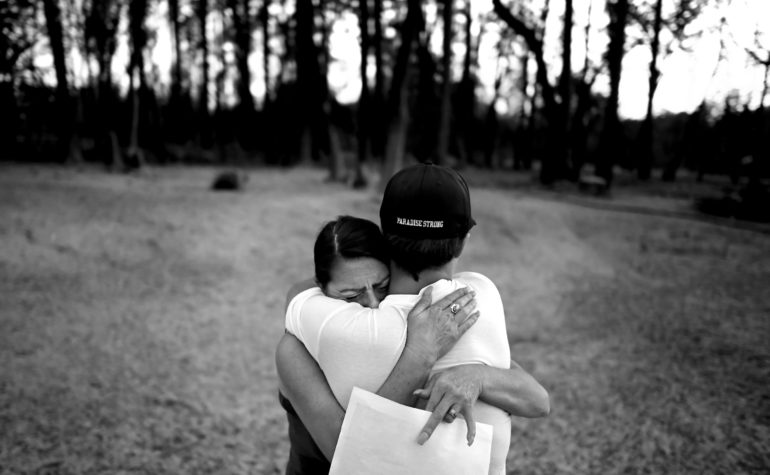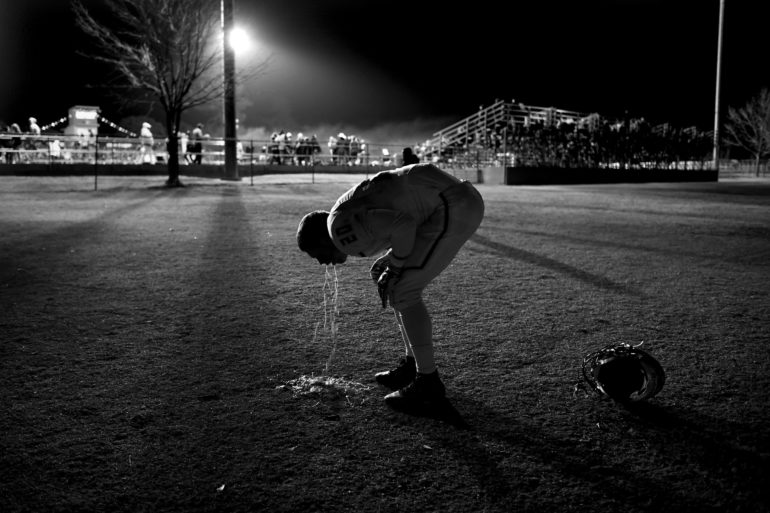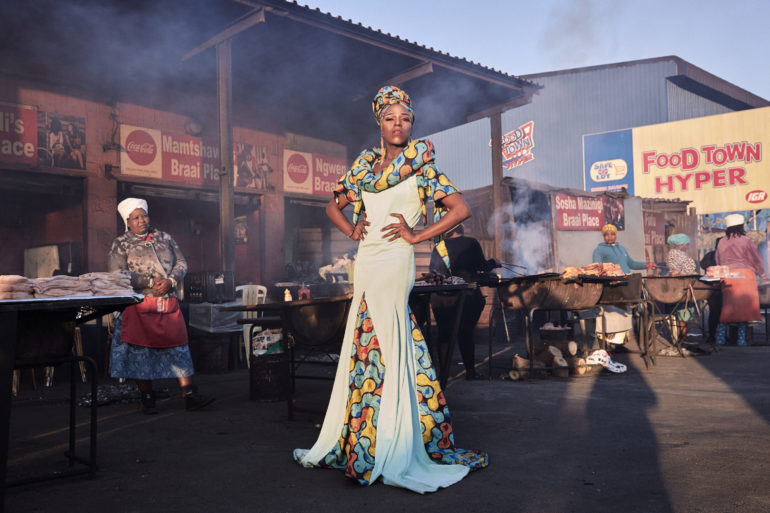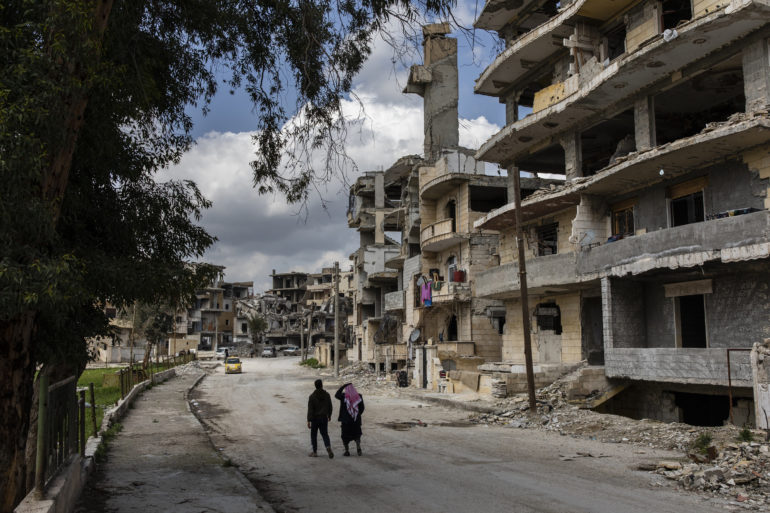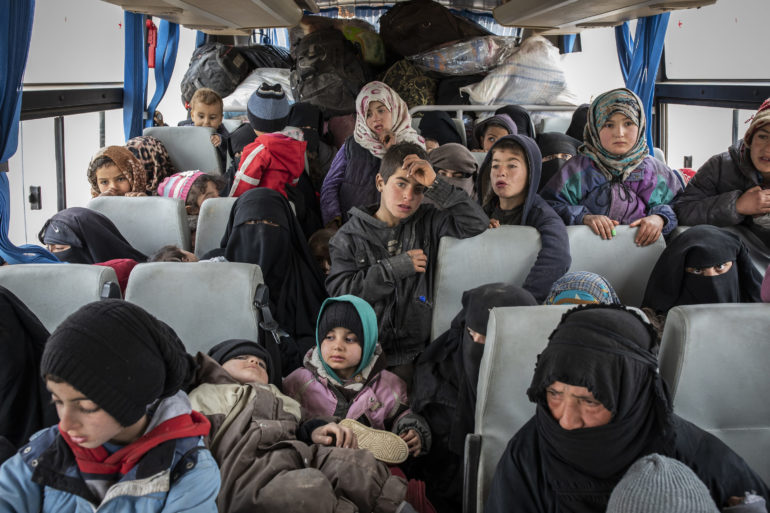Last Updated on 04/23/2020 by Brett Day
The 2020 World Press Photo Award Winners have been announced, and we’ve learned what cameras they’ve used.
We’re going to be honest; more than anything else, the 2020 World Press Photo Award Winners are demonstrating that their talents are far surpassing the gear they’re using. However, for curiosity’s sake, it’s always cool to just know what’s being used! With today’s announcement of the winning images, we got to take a look at the photos before the announcement and analyzed what was used. Some interesting tidbits about everything are below.
Table of Contents
A Listing of the Cameras Used
Cameras aren’t everything, but they sure do help a photographer create the images they’re putting out there. If you look at what the stats are saying, it seems like APS-C is more than good enough for professional work despite lots of folks not believing so. We’re also seeing medium format edging more into the press world, but full-frame is still dominant. DSLRs are also still the mainstay although Mirrorless is catching up. The information also indicates that large sensor compact cameras are highly capable. Here’s the list below of what we were able to gather.
- Fujifilm X-H1
- Fujifilm GFX 100
- Fujifilm X100
- Fujifilm X100T
- Fujifilm X100S
- Fujifilm X-T10
- Fujifilm X-T3
- Fujifilm X Pro 2
- Canon 5D Mk III
- Canon 5D Mk IV
- Canon 1Dx Mk II
- Canon 5DS
- Canon 5DS R
- Sony a7r III
- Sony a7r II
- Sony a7 III
- Nikon D800
- Nikon D850
- Nikon D750
- Nikon D5
- Nikon D4s
- Nikon D600
- Nikon D3
- Nikon D4
- DJI Drone (No name given)
- Epson V700/V750 (Which means that there are film shooters here)
- Leica M10
Statistics
The big winners are Fujifilm and Nikon in terms of camera manufacturers. Nikon’s high-end DSLRs are popular with photojournalists but so too is the Fujifilm X series. There is one photographer using a GFX 100 (which we find positively fascinating). And while Sony seems to be dominating in Mirrorless sales, they’re not so popular amongst pros in this segment: there isn’t even a single Sony a9 in the bunch that we’ve been able to find. Nikon and Canon’s Mirrorless options are also missing from this list. But the most fascinating and eye-opening cameras are the Fujifilm X100 series, the Leica M10, and a film shooter.
- 8 Fujifilm Cameras
- 1 Leica
- 1 DJI
- 1 Film shooter
- 8 Nikon cameras
- 3 Sony cameras
- 5 Canon cameras
- 9 Mirrorless cameras
- 13 DSLRs
- 1 Drone
The Winning Images
World Press Photo of the Year: Yasuyoshi Chuba (Fujifilm X-H1)
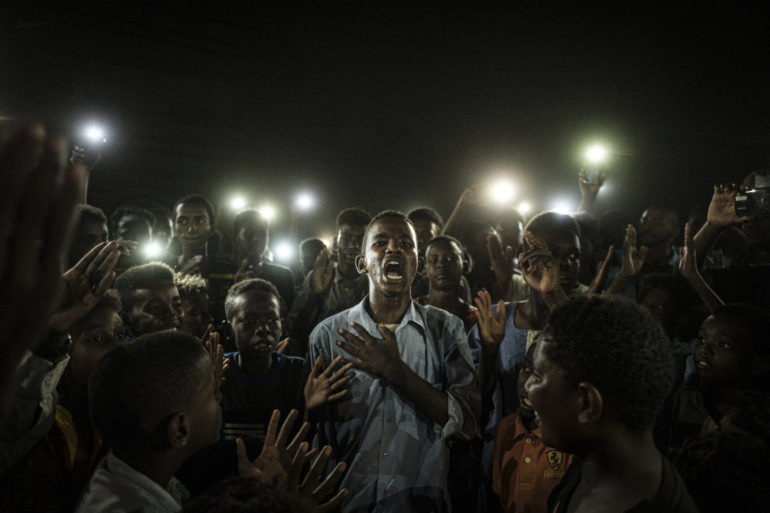
Nominee Mulugeta Ayene (Canon 5D Mk III)
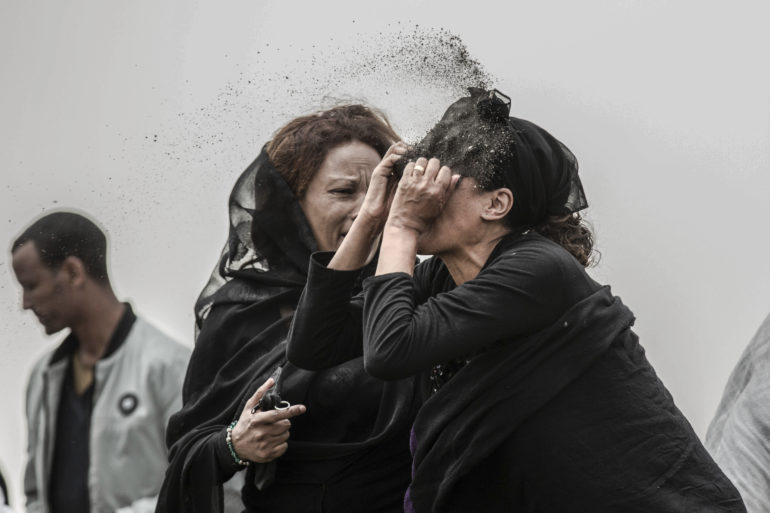
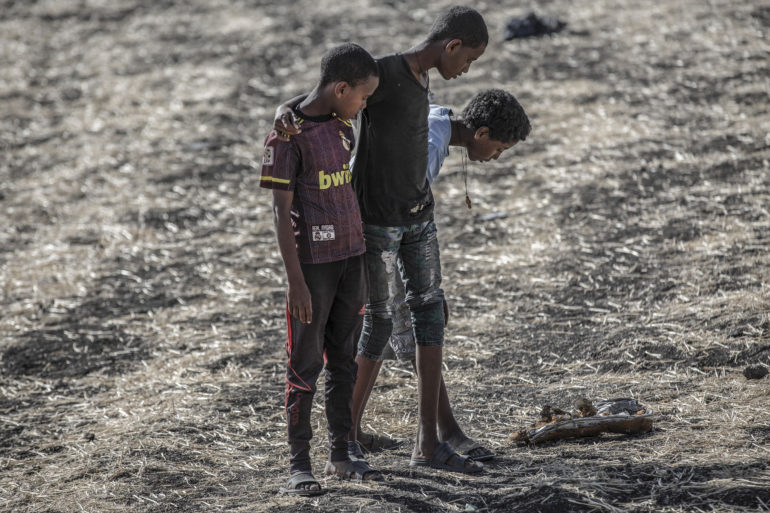
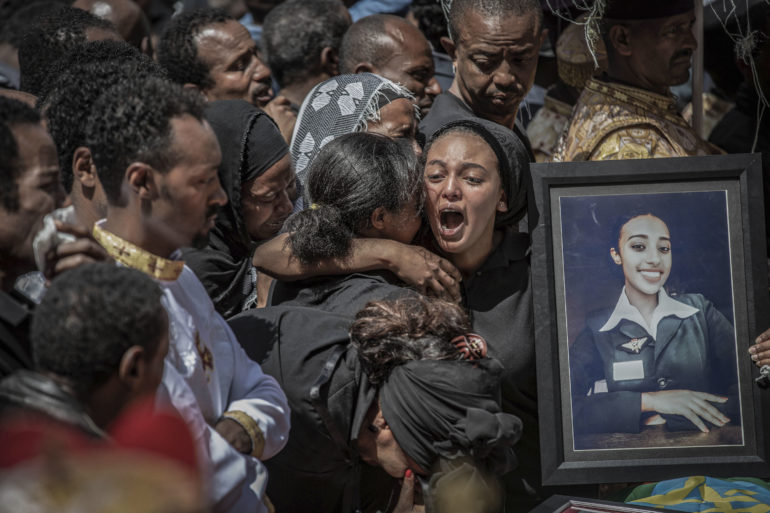
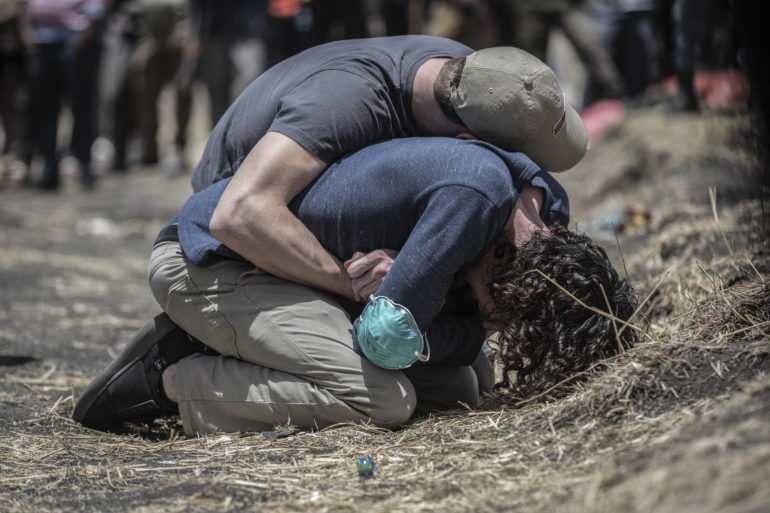
Nominee Farouk Batiche (No Camera Info)
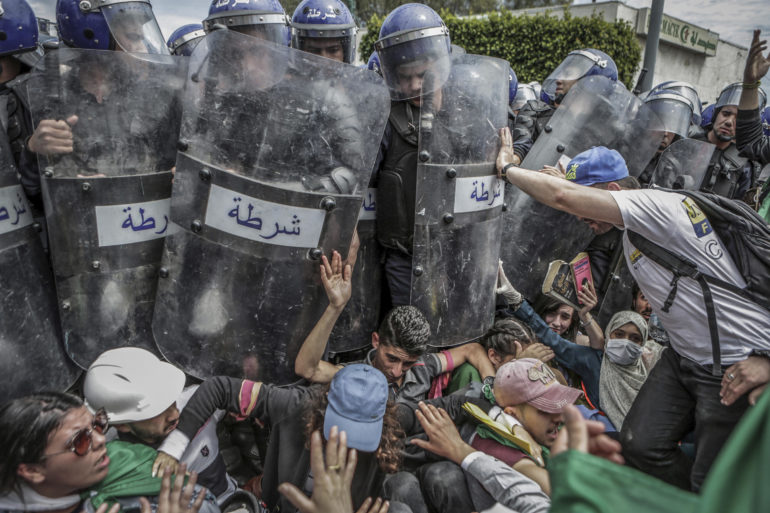
Matthew Abbott Panos (Nikon D5)
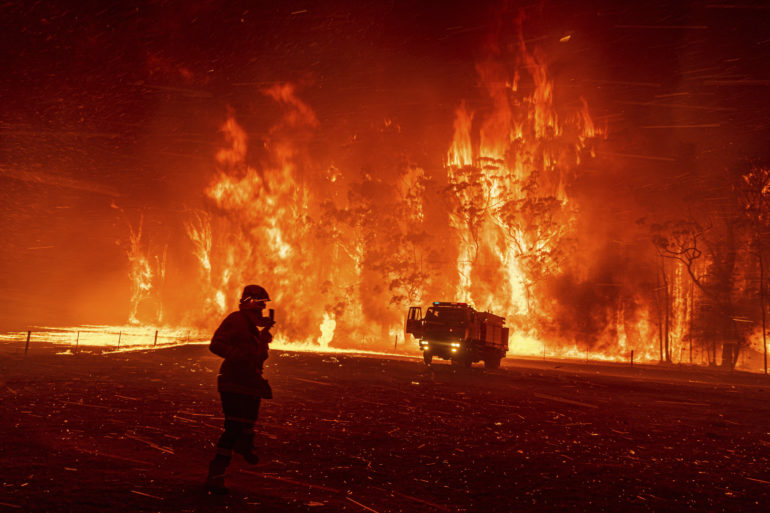
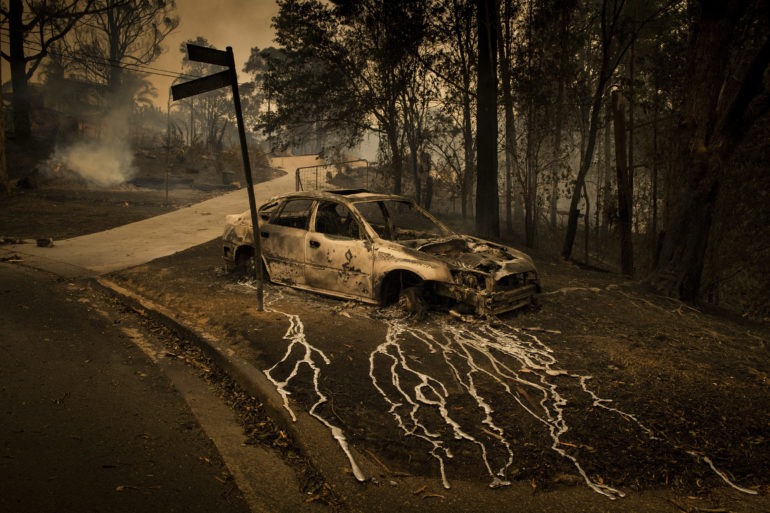
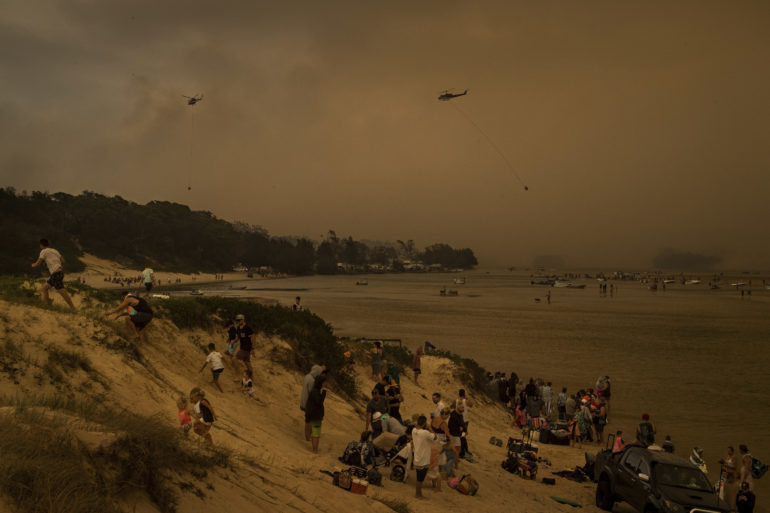
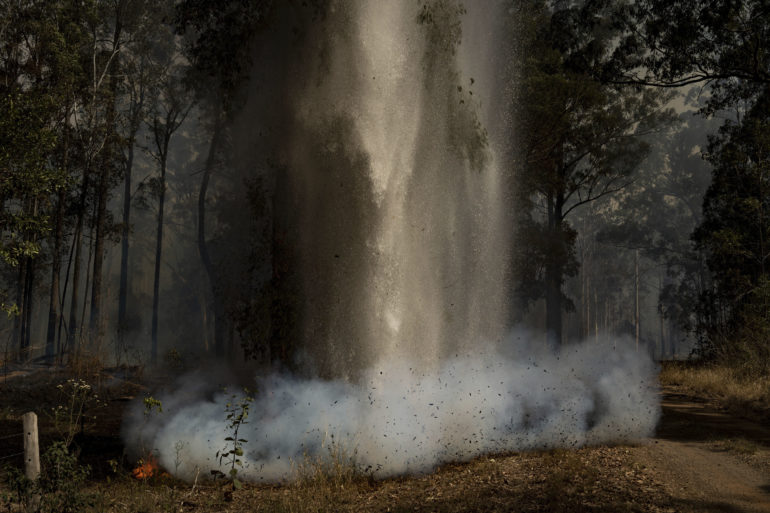
Tomek Kaczor (Canon 5D Mk III)
Peter Mather (Nikon D4 and Fujifilm X Pro 2)
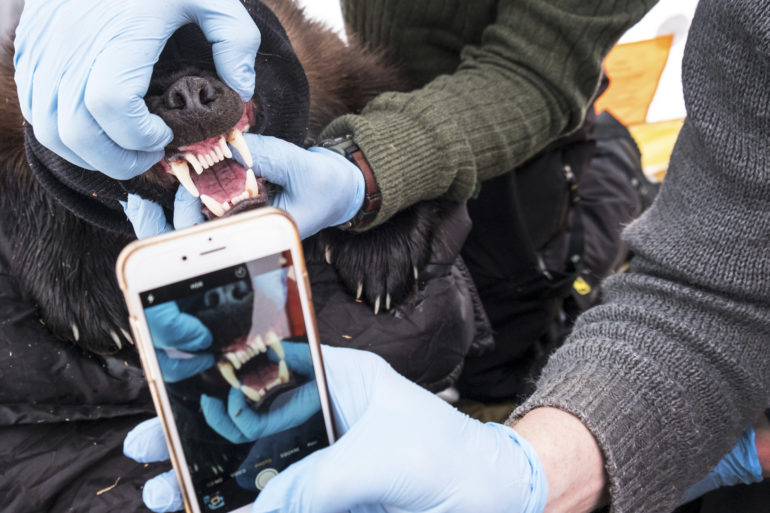
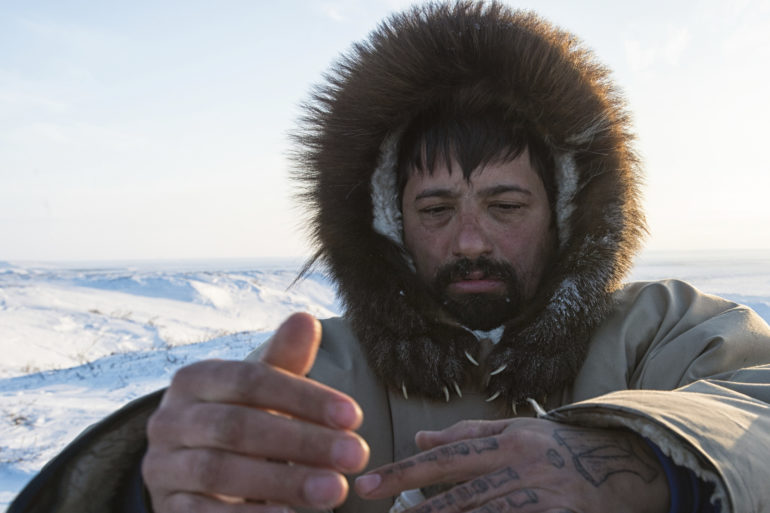
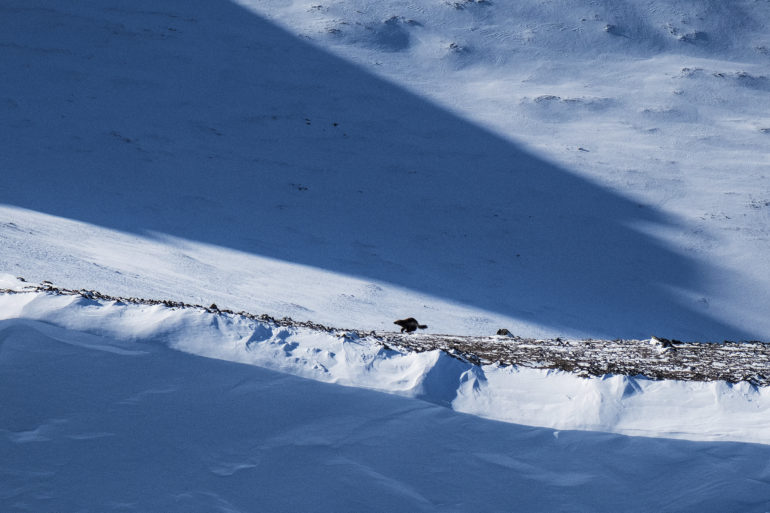

Nikita Teryoshin (No Camera Info)
Sean Davey (Canon 5D Mk IV)
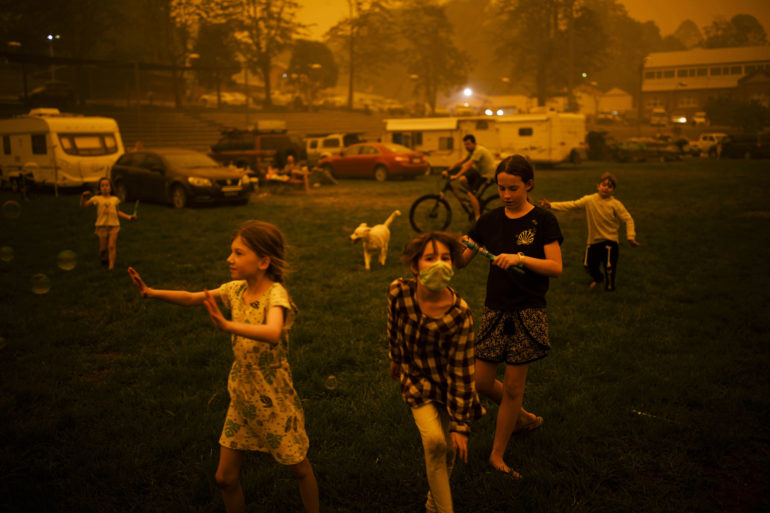
Antonio Pizarro Rodriguez (Canon 5D Mk III)
Ricardo Garcia Vilanova (Fujifilm X-T3)
Alessio Mamo (Canon 5D Mk IV)
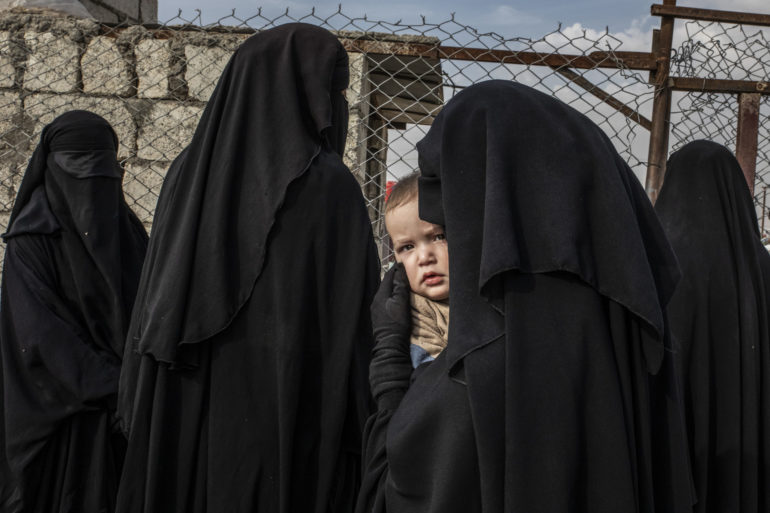
Katie Orlinsky (DJI and Canon 5Ds)

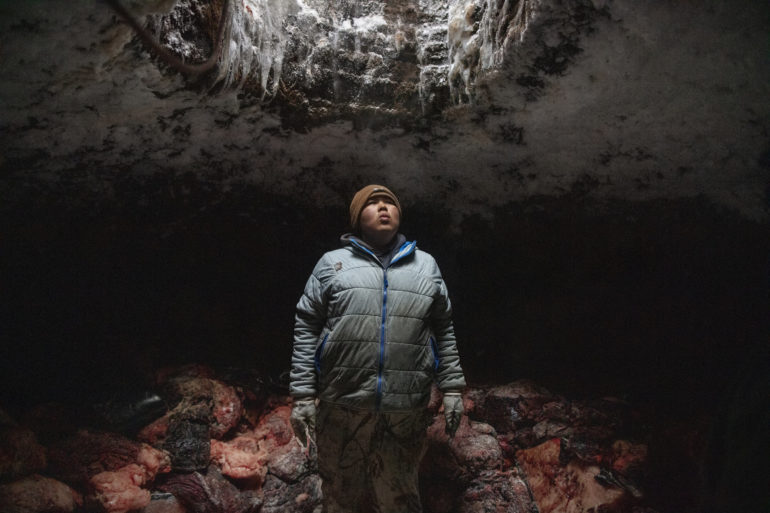

Arctic permafrost is thawing much faster than expected, releasing carbon gases that could drastically speed up climate change.
Maximillian Mann (No Camera Info)
Luca Locatelli (DJI and Fujifilm GFX 100)
Noah Berger (Nikon D5)
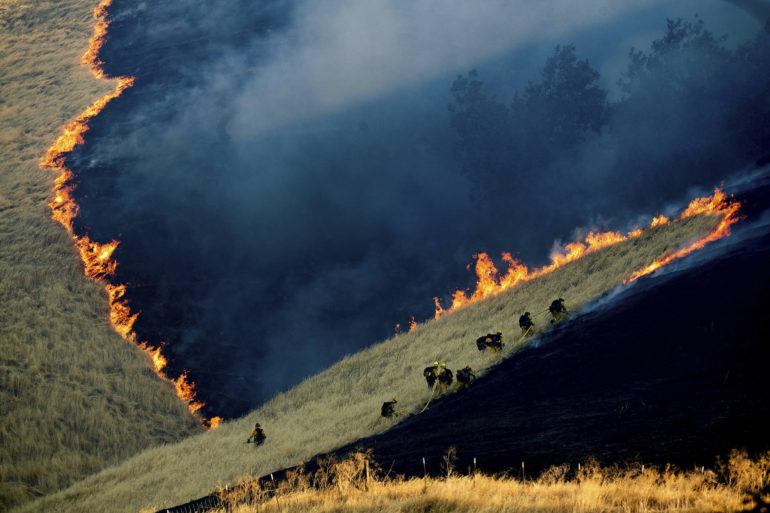
Nicolò Filippo Rosso (Canon 5D Mk IV)
Steve Winter (Canon 5D Mk IV)
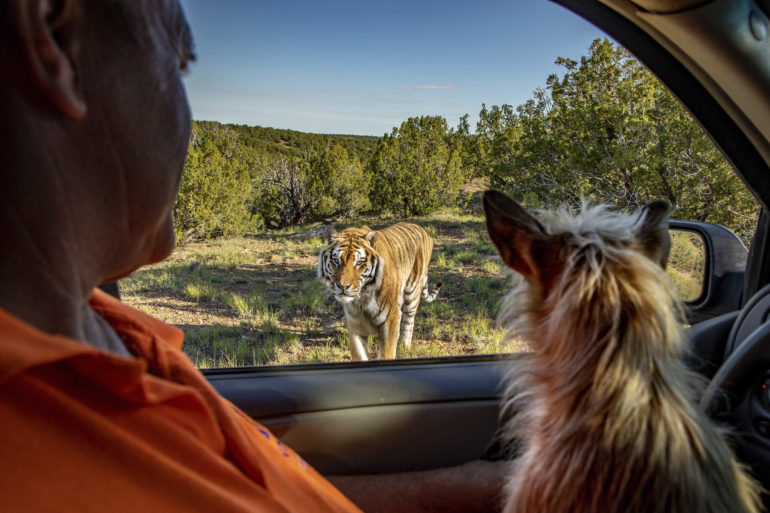
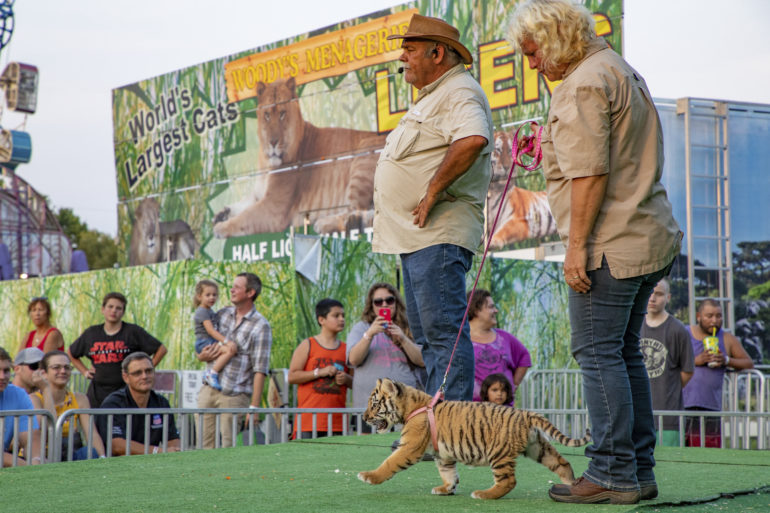
Ogle County Fair, Oregon, Illinois #1
Gregg Woody presents Woody’s Menagerie
Many different animals are part of his show – it ends with a young tiger cub. He has 2 Ligers also, which is a cross between a lion and a tiger. One night the show ended with tiger cub selfie’s where you could get your photo with the tiger cub.
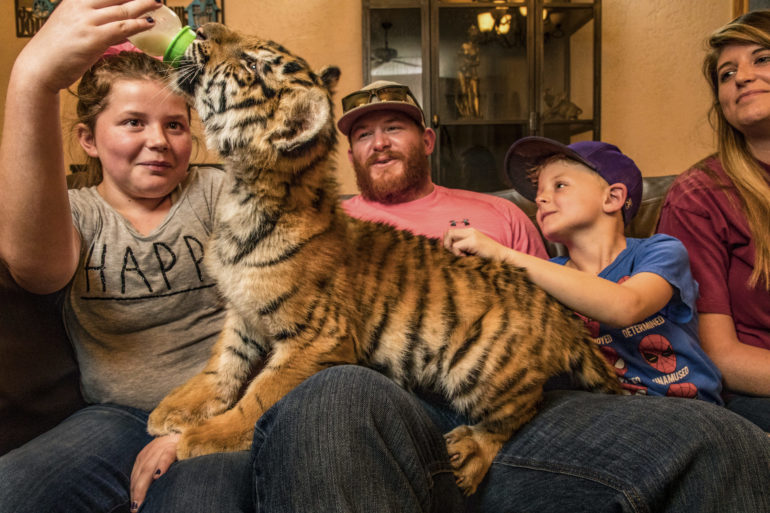
First Tiger Safari in Tuttle Oklahoma run and founded by Bill Meadows. A very BAD operation – breeding for cub petting and involved in cross state trade and ?
Wynnewood Oklahoma Tigers – at Greater Wynnewood Exotic Animal Park – made famous by Joe “Exotic” Schreibvogel. Now run by Jeff Lowe.
This “park” has been famous as the #1 tiger BAD breeder in the US. You can see tigers and ligers and tiligers, crossing tigers and lions and lions and tigers. They have tiger cub petting, tiger cub selfies and interactions with other small animals.
Jeff,(undercover) has 9 tigers on his property in Ringling Ok, that he saved from Joe Exotic and Jeff Lowe.
He does cub petting of 3 cubs he “saved” to help pay for the food of the grown tigers.
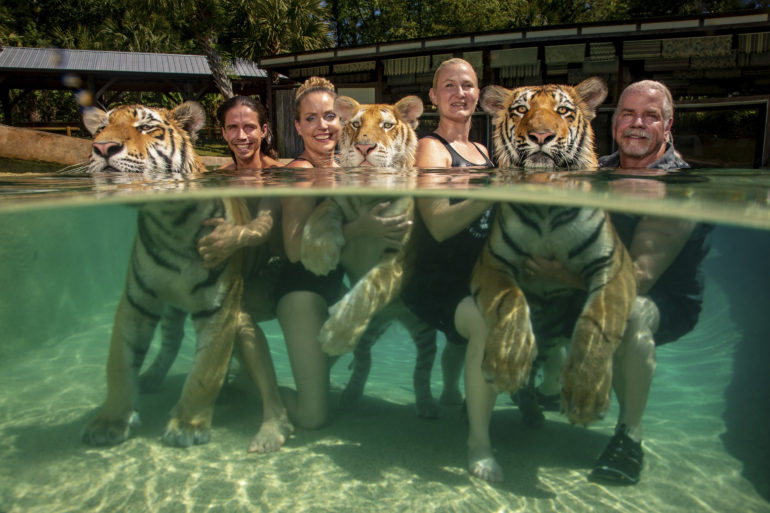
swimming with tigers etc. Saturday morning Tourist show (3 times a week) with cub petting, tigers, elephants etc. Doc with week old tiger cubs 4 week old liger cubs. Kody Antle with a white tiger and liger. Staff in the swimming pool with tigers. 4 week old liger cubs. group of cub petting cubs – doc with cubs and female tiger
Lorenzo Tugnoli Contrasto (Sony a7r II and Sony a7r III)
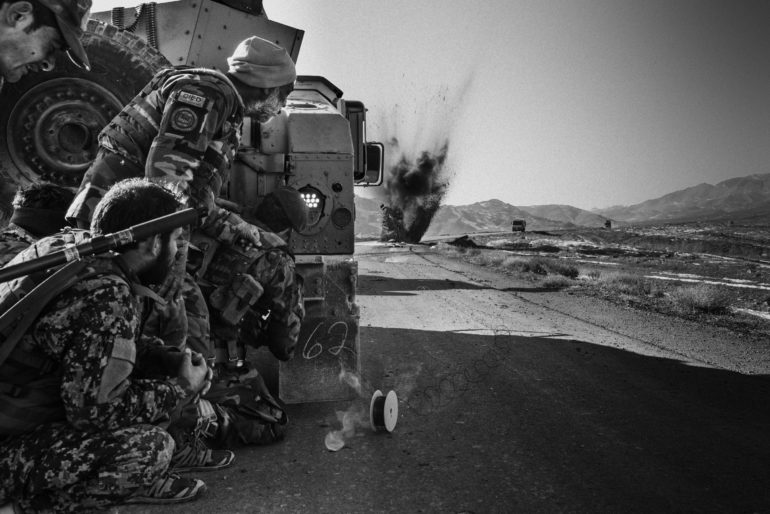
A demining team of the Afghan national army detonate an Improvised explosive device that have been found on the Ghazni-Kandahar highway.
A team from camp Sultan search this road for IEDs on a daily basis and often found one or many that have been set up by the Talibans the night before.
Improvised explosive devices are one to the leading cause of casualties among civilians and members of the Afghan security forces.
(Photo by Lorenzo Tugnoli/ The Washington Post)
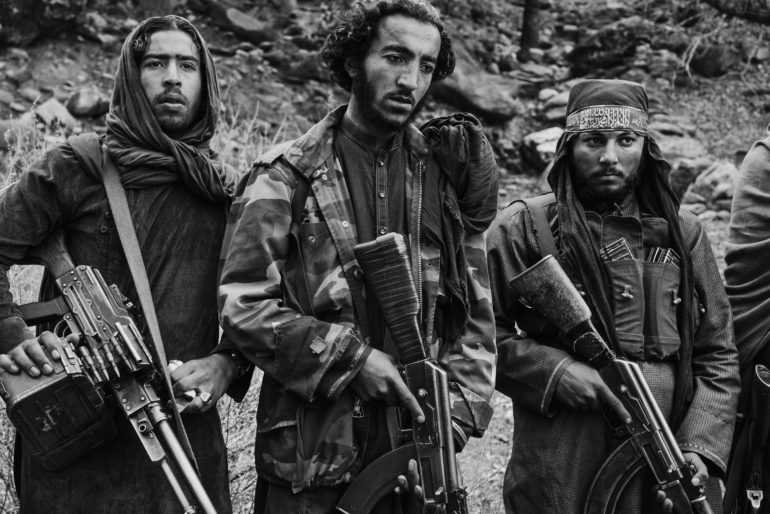
A group of Taliban fighters parade their equipment in a remote hide out in Khogiani district.
(Photo by Lorenzo Tugnoli/ The Washington Post)
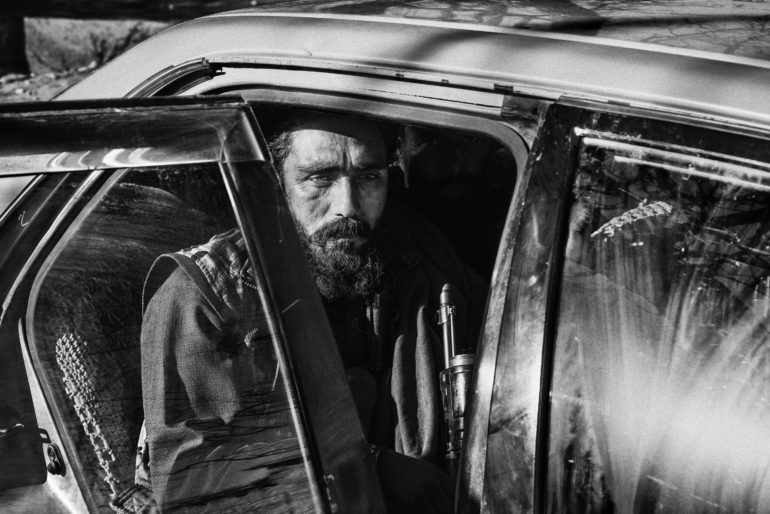
A group of Taliban fighters group in the morning in Khogiani district.
(Photo by Lorenzo Tugnoli/ The Washington Post)
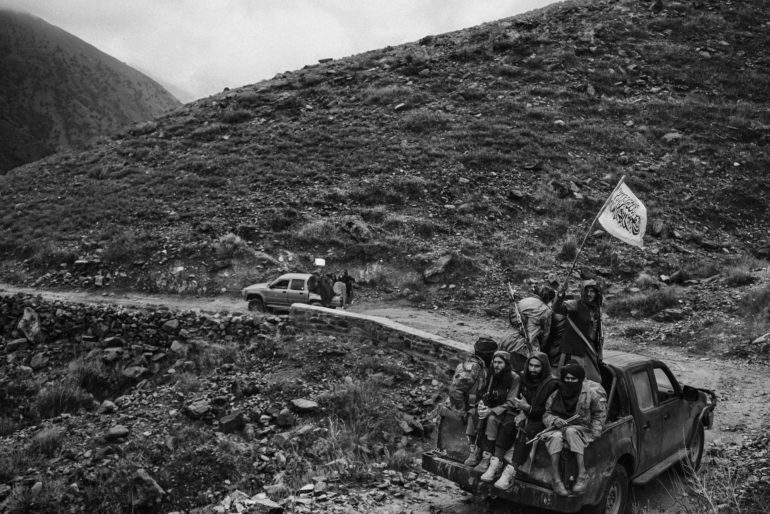
Taliban fighters drive on a road of Khogiani district and display their flag.
The area was previously control by the Islamic State then retook by the Talibans.
(Photo by Lorenzo Tugnoli/ The Washington Post)
Brent Stirton (Canon 5D Mk IV and Canon 5DS R)

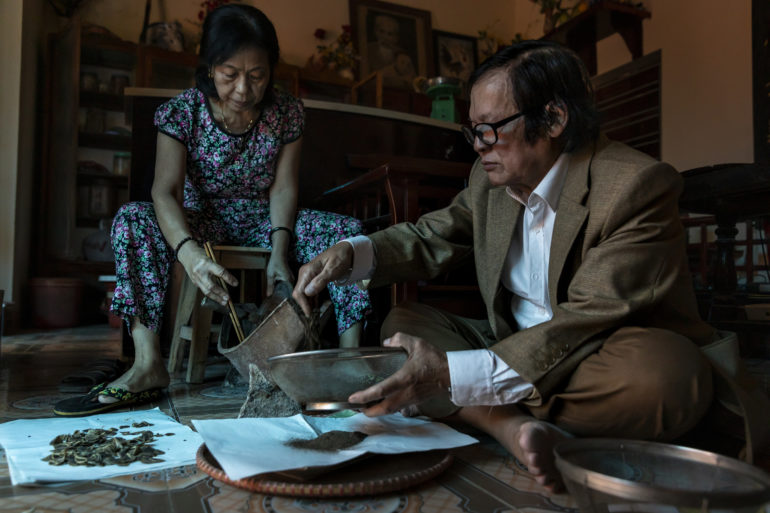
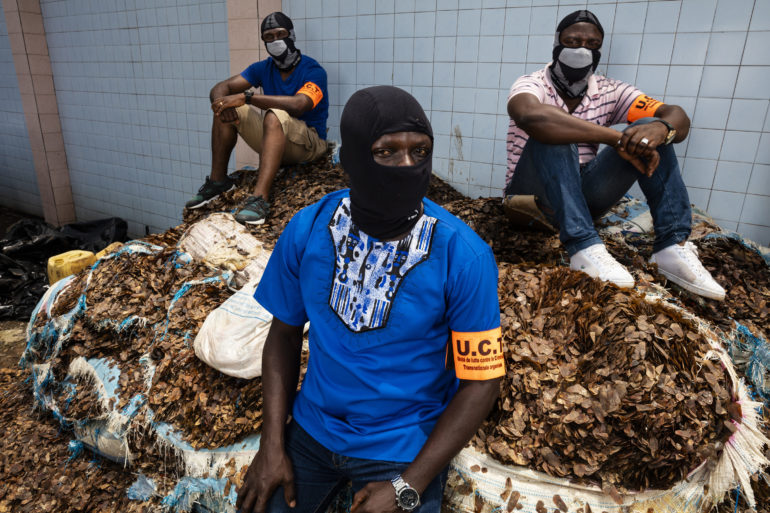
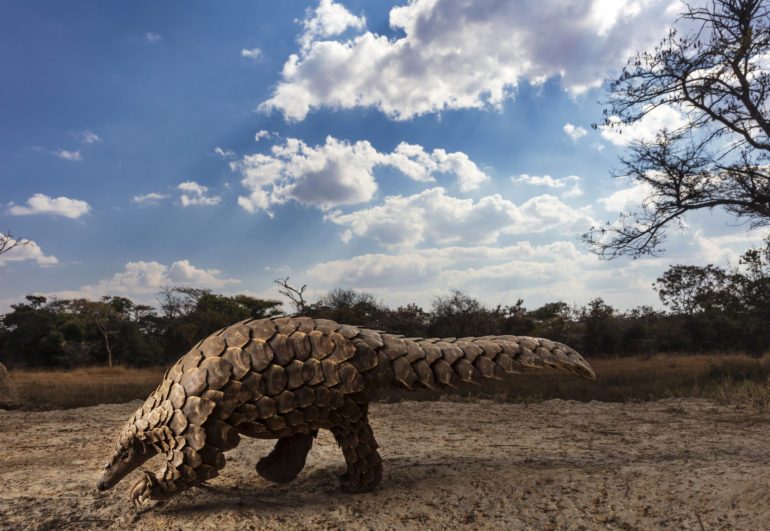
Alain Schroder (No Camera Info)
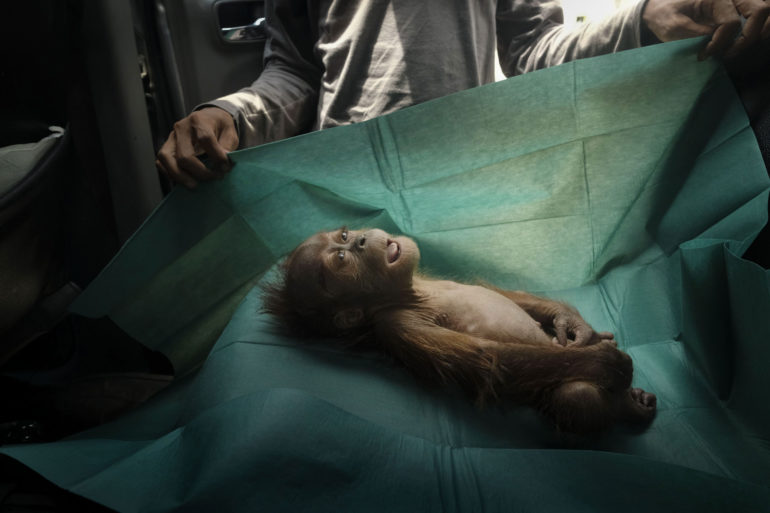
Half an hour after her death, the team is still profoundly shocked. The truck pulls over and vet Zulhilmi wraps the tiny orangutan in a green surgical drape.
The 1-month-old baby orangutan was rescued from a palm oil plantation with her mother, named Hope by the rescue team. Hope, secured in a cage in the back of the pick up, was found with a broken clavicle, 74 air rifle bullet wounds and totally blind.
General caption
Indonesia’s Sumatran orangutan is under threat from the ongoing depletion of the rainforest. As palm oil plantations, logging, mining, hunting continue to proliferate, orangutans are being forced out of their natural rainforest habitat.
Organizations rescue orangutans in difficulty (lost, injured, captive…) with the goal to reintroduce them into the wild and to create genetically viable populations in protected forests.
Today, with 14,000 specimens left, the Sumatran orangutan is listed as critically endangered.
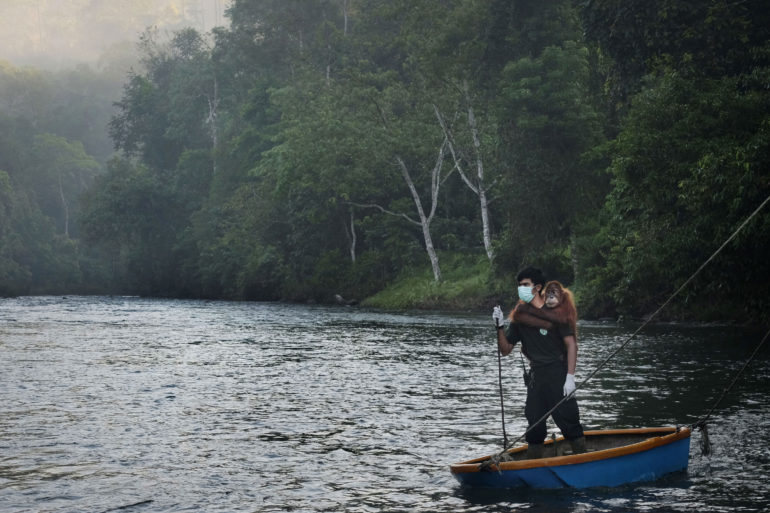
At dawn, veterinarian Pandu crosses the Krueng Aceh river in a small boat carrying Diana, an 8-year-old female orangutan, for a final release. But this is not Diana’s first attempt. In 2014, she was released unsuccessfully having to return several times to the SOCP Quarantine Centre in Sibolangit for a variety of ailments. Having been domesticated, Diana had difficulty adjusting to forest food and on her last visit to the clinic, they discovered she had malaria (an extremely dangerous illness for an orangutan) that required a blood transfusion. Since, she has been on a strict diet of leaves but it remains to be seen if she will successfully adapt to the jungle this time.
Diana has developed a particular bond with Pandu over the years and is so comfortable with the vet that she just climbs on his back for the ride across the river.
The goal of the Jantho Reintroduction Centre is to establish a new, wild and sustainable Sumatran orangutan population within the Jantho Pine Forest Nature Reserve. Since 2011, over 100 orangutans have been released back into their natural habitat and several new births have been recorded.
General caption:
Indonesia’s Sumatran orangutan is under severe threat from the incessant and ongoing depletion and fragmentation of the rainforest. As palm oil and rubber plantations, logging, road construction, mining, hunting and other development continue to proliferate, orangutans are being forced out of their natural rainforest habitat.
Organizations like the OIC (Orangutan Information Centre) and their immediate response team HOCRU (Human Orangutan Conflict Response Unit), rescue orangutans in difficulty (lost, injured, captive…) while the SOCP (Sumatran Orangutan Conservation Programme) cares for, rehabilitates and resocializes orangutans at their purpose-built medical facility, aiming to reintroduce them into the wild
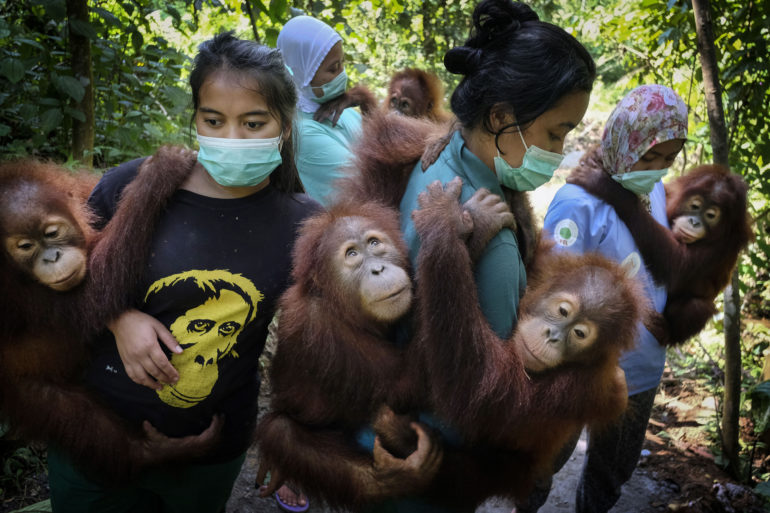
Substitution mothers are on the way to the forest school with orphaned orangutans where they will teach them to climb trees. Like humans, the mother orangutan has to teach her kids everything they need to know to survive on their own. At the SOCP center, human caregivers take on that maternal role. It is the first step in a teaching, socialization and rehabilitation program with the goal of release at the age of 7 to 8 years old. This corresponds with the age when orangutans naturally leave their parents in the wild.
from left to right in the front ;
– orangutan FIONA, with keeper SELVI
– orangutan BINTANG,
– orangutan SIBRING, with keeper YANTI
– orangutan IPIN with keeper MEUTYA (Vet)
in the back ;
– orangutan BINAWANA, with keeper YENNY (Vet)
General caption:
Indonesia’s Sumatran orangutan is under severe threat from the incessant and ongoing depletion and fragmentation of the rainforest. As palm oil and rubber plantations, logging, road construction, mining, hunting and other development continue to proliferate, orangutans are being forced out of their natural rainforest habitat.
Organizations like the OIC (Orangutan Information Centre) and their immediate response team HOCRU (Human Orangutan Conflict Response Unit), rescue orangutans in difficulty (lost, injured, captive…) while the SOCP (Sumatran Orangutan Conservation Programme) cares for, rehabilitates and resocializes orangutans at their purpose-built medical facility, aiming to reintroduce them into the wild and to create new self-sustaining, genetically viable populations in protected forests.
That we share 97% of our DNA with orangutans seems obvious when you observe their human-like behavior. Today, with just over 14,000 specimens left, the Sumatran orangutan (Pongo Abelii) along with the 800 specimens of the recently discovered Tapanuli species (Pongo tapanuliensis), are listed as critically endangered by the International
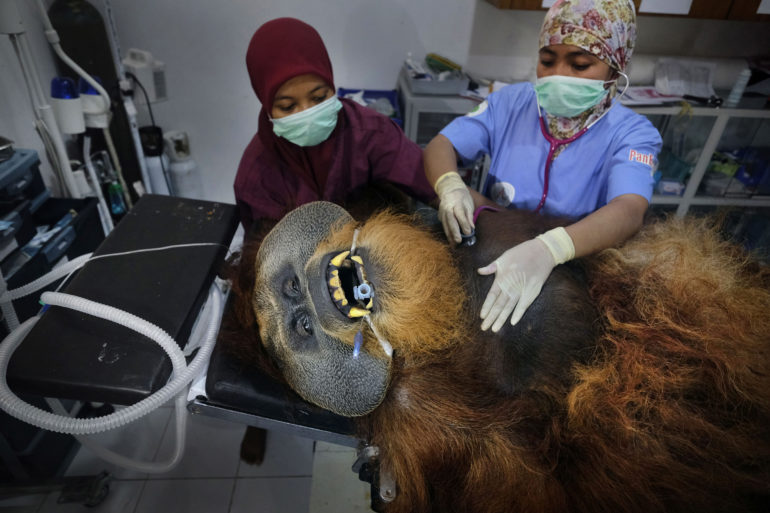
Fahzren is undergoing a routine medical check.
Junior vet Miuthya (r) and senior vet Yenny (l) left examine the orangutan.
Fahzren is 30 years old and comes from a zoo in Malaysia where he has lived since he was a baby. His medical condition is fine but he does not have the skills to survive in the wild.
General caption:
Indonesia’s Sumatran orangutan is under severe threat from the incessant and ongoing depletion and fragmentation of the rainforest. As palm oil and rubber plantations, logging, road construction, mining, hunting and other development continue to proliferate, orangutans are being forced out of their natural rainforest habitat.
Organizations like the OIC (Orangutan Information Centre) and their immediate response team HOCRU (Human Orangutan Conflict Response Unit), rescue orangutans in difficulty (lost, injured, captive…) while the SOCP (Sumatran Orangutan Conservation Programme) cares for, rehabilitates and resocializes orangutans at their purpose-built medical facility, aiming to reintroduce them into the wild and to create new self-sustaining, genetically viable populations in protected forests.
That we share 97% of our DNA with orangutans seems obvious when you observe their human-like behavior. Today, with just over 14,000 specimens left, the Sumatran orangutan (Pongo Abelii) along with the 800 specimens of the recently discovered Tapanuli species (Pongo tapanuliensis), are listed as critically endangered by the International Union for Conservation of Nature (IUCN).
Daniele Volpe (Nikon D600 Nikon D3, Nikon D85)
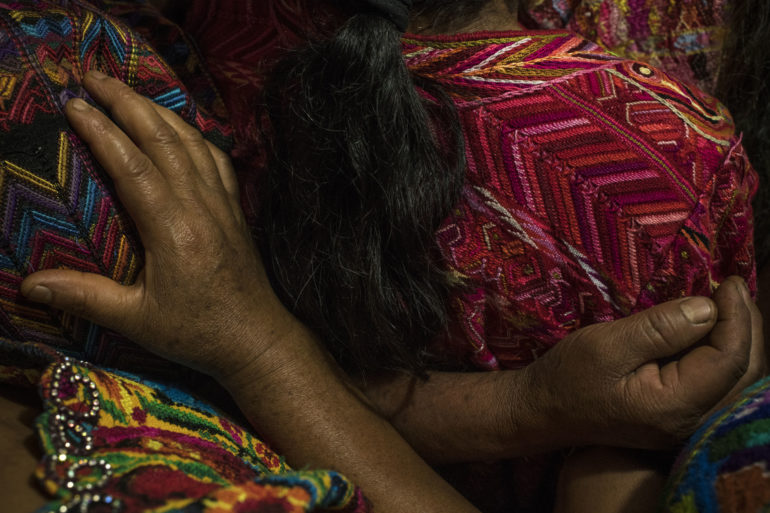
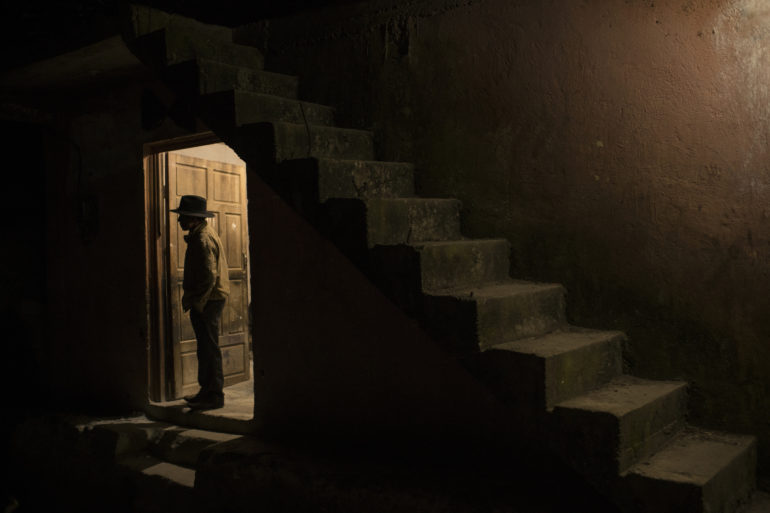
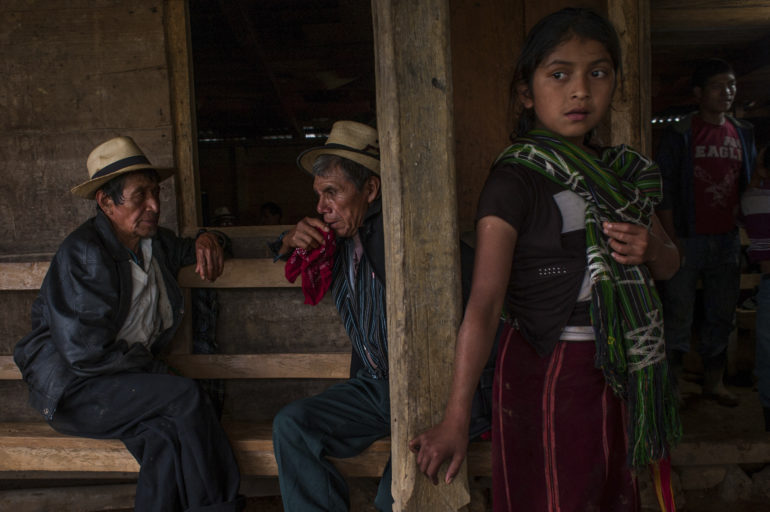
In the early eighties, the Ixil Community was one of the principal targets of a genocide operation, involving systematic rape, forced displacements and hunger during the Guatemalan civil war. According to a 1999 United Nations truth commission, between 70 and 90% of Ixil villages were razed and 60% of the population in the highland region were forced to flee to the mountains. By 1996, it was estimated that some 7,000 Maya Ixil had been killed. The violence was particularly heightened during the period 1979–1985 as successive Guatemalan administrations and the military pursued an indiscriminate scorched-earth.
Non-fiction and non-posed picture. I took it while I followed the labor of forensic anthropologists.
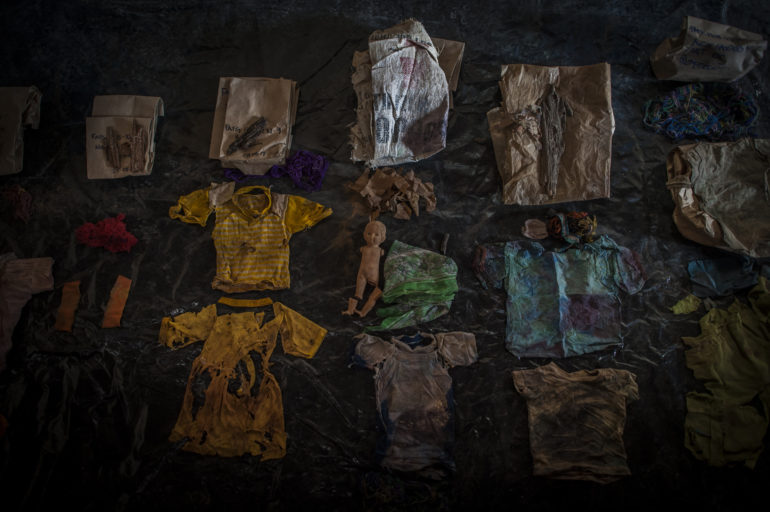
In the early eighties, the Ixil Community was one of the principal targets of a genocide operation, involving systematic rape, forced displacements and hunger during the Guatemalan civil war. According to a 1999 United Nations truth commission, between 70 and 90% of Ixil villages were razed and 60% of the population in the highland region were forced to flee to the mountains. By 1996, it was estimated that some 7,000 Maya Ixil had been killed. The violence was particularly heightened during the period 1979–1985 as successive Guatemalan administrations and the military pursued an indiscriminate scorched-earth.
Non-fiction and non-posed picture. I took it while I followed the labor of forensic anthropologists.
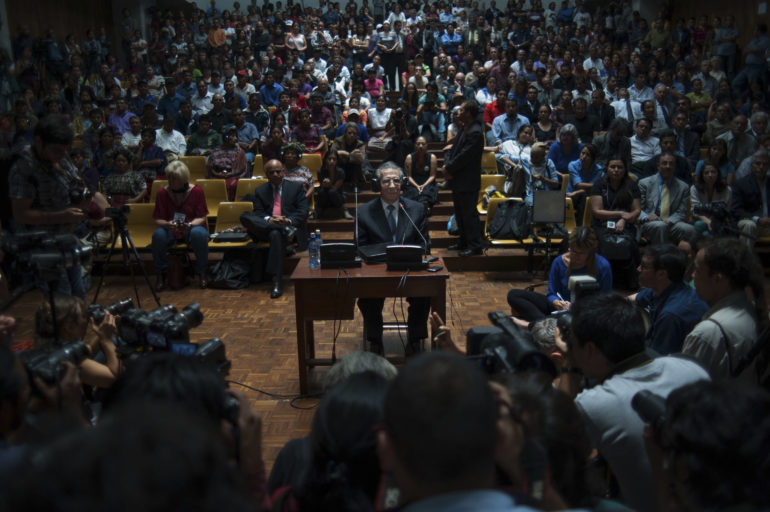
In the early eighties, the Ixil Community was one of the principal targets of a genocide operation, involving systematic rape, forced displacements and hunger during the Guatemalan civil war. According to a 1999 United Nations truth commission, between 70 and 90% of Ixil villages were razed and 60% of the population in the highland region were forced to flee to the mountains. By 1996, it was estimated that some 7,000 Maya Ixil had been killed. The violence was particularly heightened during the period 1979–1985 as successive Guatemalan administrations and the military pursued an indiscriminate scorched-earth.
Non-fiction and non-posed picture. I took it during a court hearing of genocide trial.

In the early eighties, the Ixil Community was one of the principal targets of a genocide operation, involving systematic rape, forced displacements and hunger during the Guatemalan civil war. According to a 1999 United Nations truth commission, between 70 and 90% of Ixil villages were razed and 60% of the population in the highland region were forced to flee to the mountains. By 1996, it was estimated that some 7,000 Maya Ixil had been killed. The violence was particularly heightened during the period 1979–1985 as successive Guatemalan administrations and the military pursued an indiscriminate scorched-earth.
Non-fiction and non-posed picture. I took it during a court hearing of genocide trial.
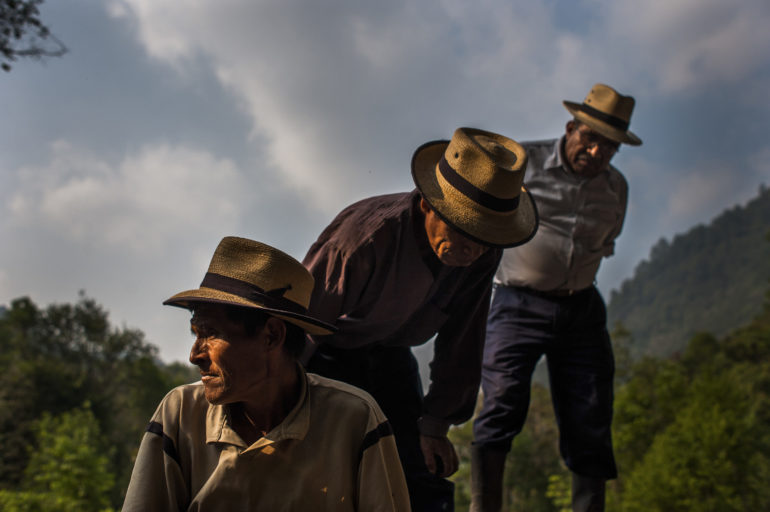
In the early eighties, the Ixil Community was one of the principal targets of a genocide operation, involving systematic rape, forced displacements and hunger during the Guatemalan civil war. According to a 1999 United Nations truth commission, between 70 and 90% of Ixil villages were razed and 60% of the population in the highland region were forced to flee to the mountains. By 1996, it was estimated that some 7,000 Maya Ixil had been killed. The violence was particularly heightened during the period 1979–1985 as successive Guatemalan administrations and the military pursued an indiscriminate scorched-earth.
Non-fiction and non-posed picture. I took it while I followed the labor of forensic anthropologists.
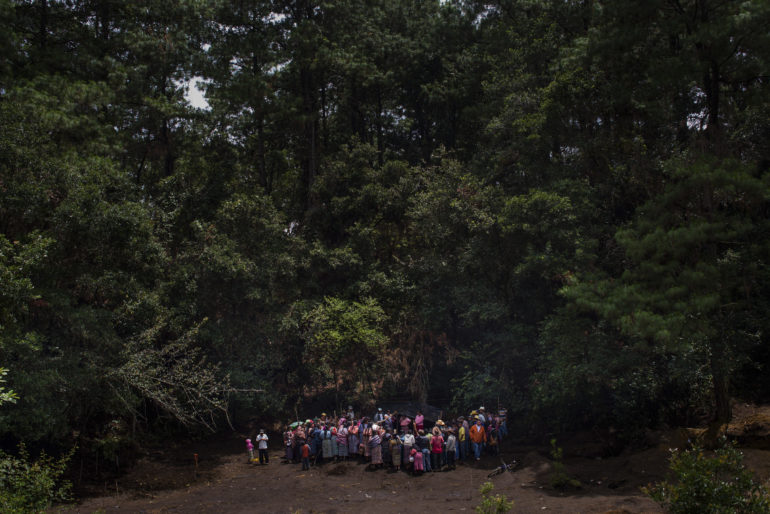
In the early eighties, the Ixil Community was one of the principal targets of a genocide operation, involving systematic rape, forced displacements and hunger during the Guatemalan civil war. According to a 1999 United Nations truth commission, between 70 and 90% of Ixil villages were razed and 60% of the population in the highland region were forced to flee to the mountains. By 1996, it was estimated that some 7,000 Maya Ixil had been killed. The violence was particularly heightened during the period 1979–1985 as successive Guatemalan administrations and the military pursued an indiscriminate scorched-earth.
Non-fiction and non-posed picture. I took it while I followed the labor of forensic anthropologists.
Sabiha Cimen (No Camera Info)
Oliver Weiken (No Camera Info)
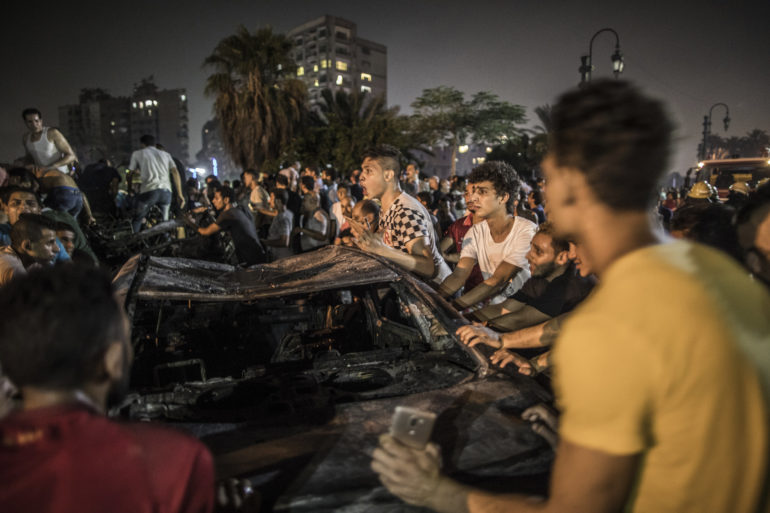
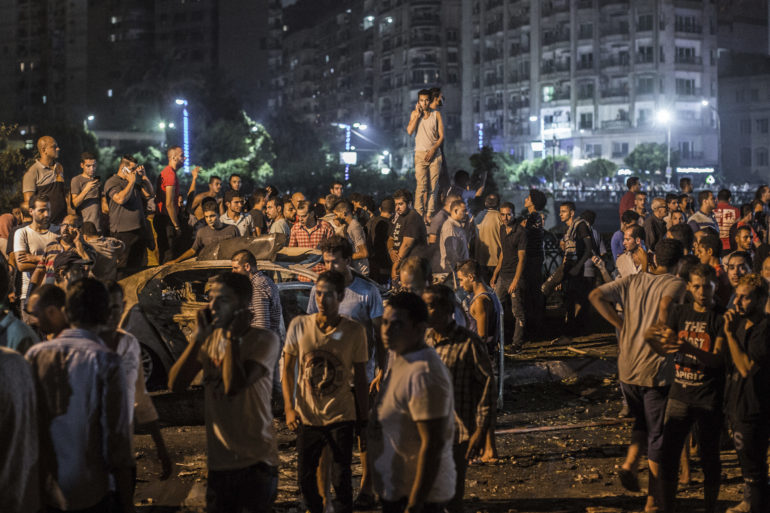
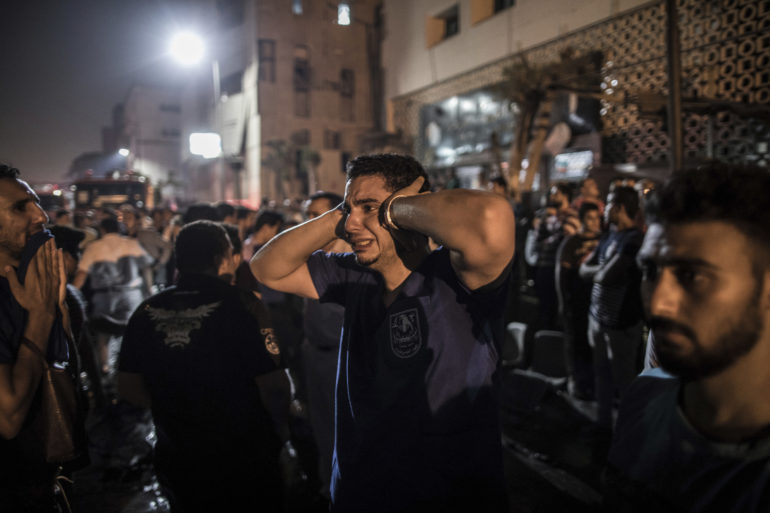
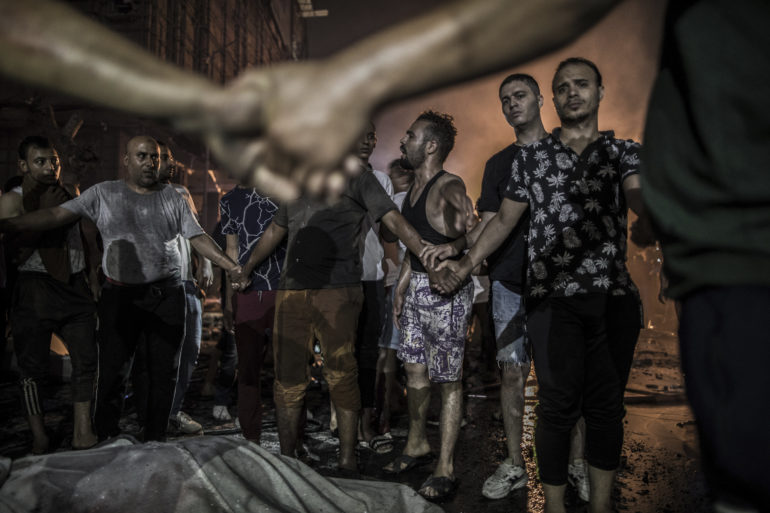
Fabio Bucciarelli (Canon 5D Mk IV and Sony a7r III)
Nicolas Asfouri (Nikon D5 D850)
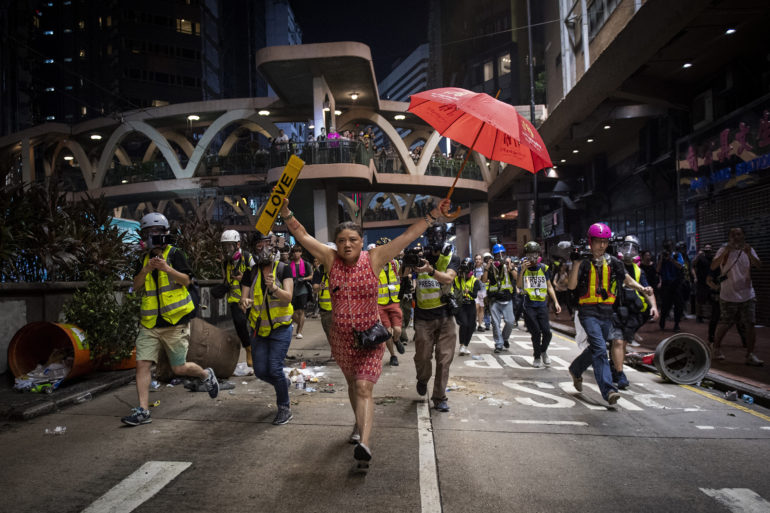
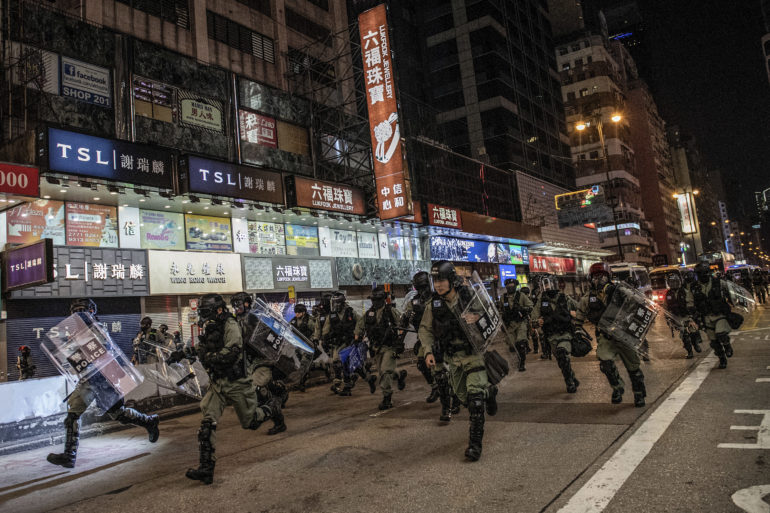
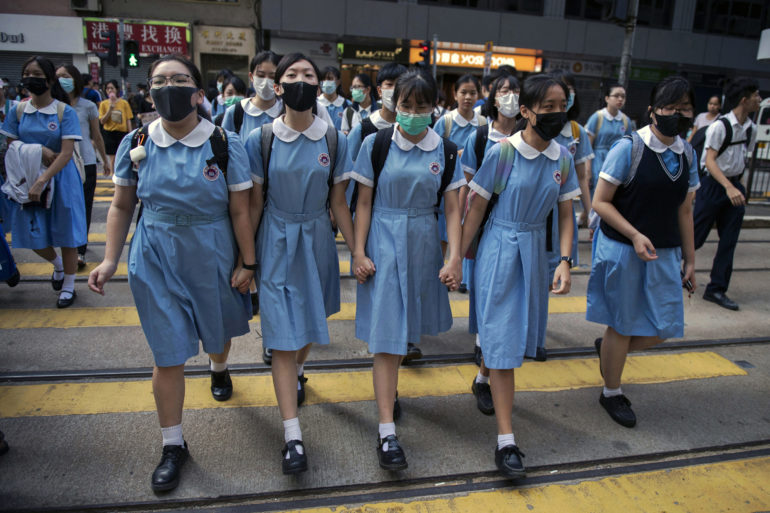
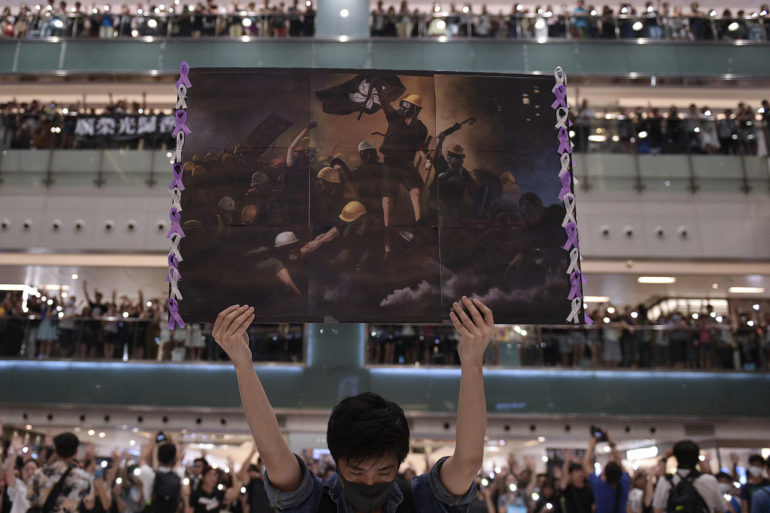
Dai Kurokawa (Canon 5D Mk IV)
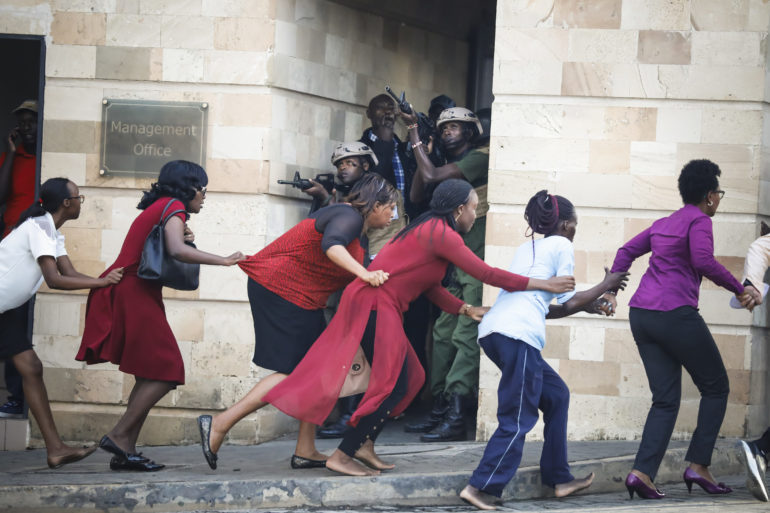
Romain Laurendeau (Fujifilm X100, X100T, X100S)


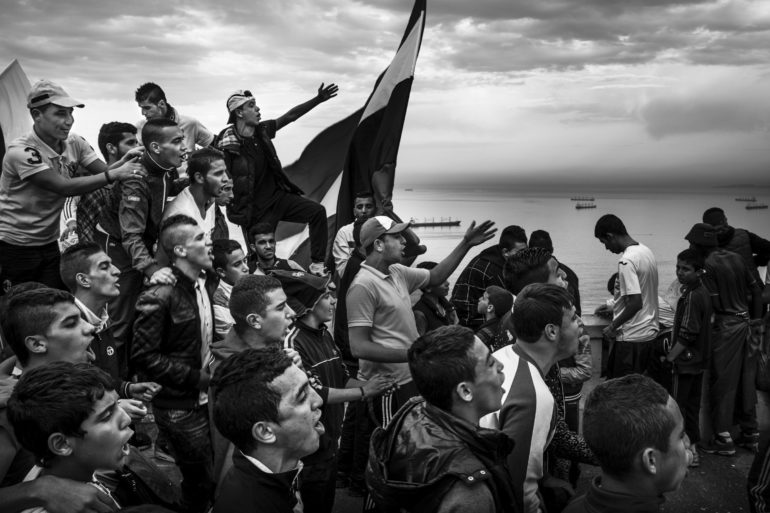
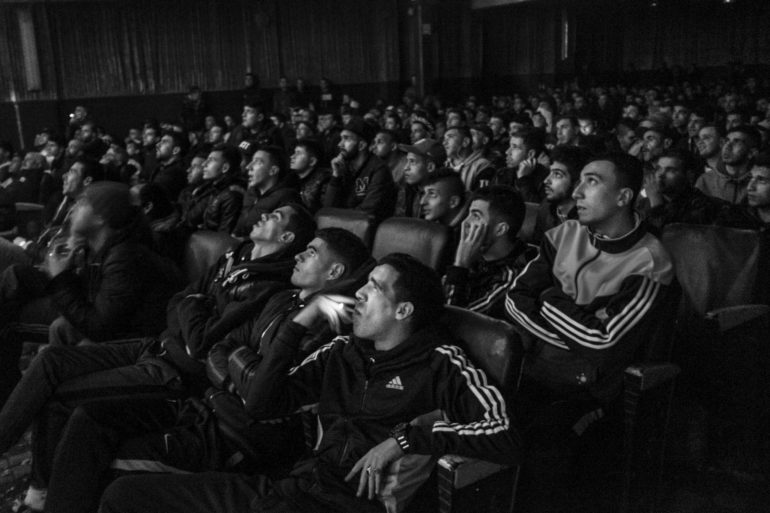
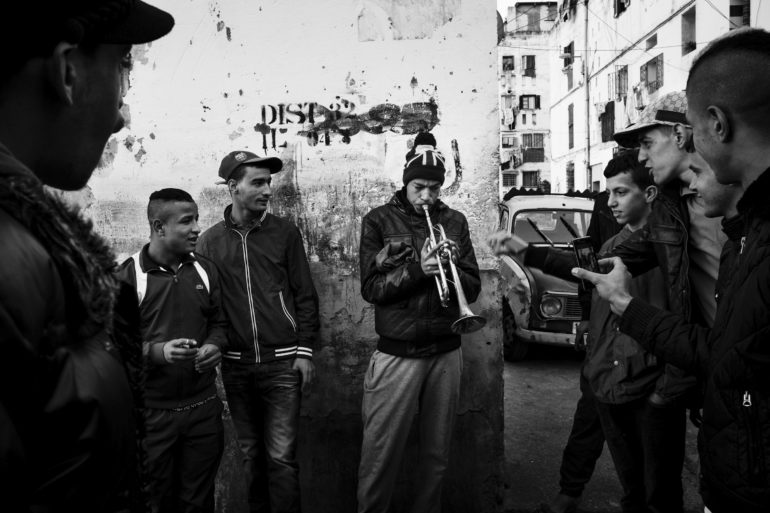
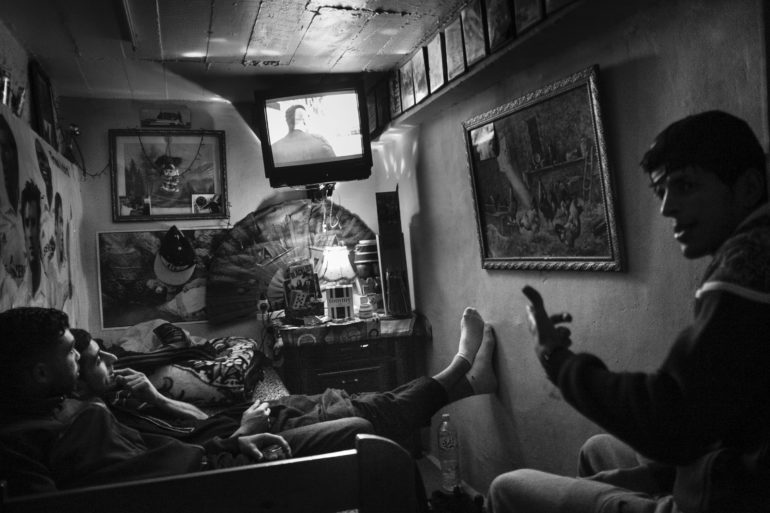
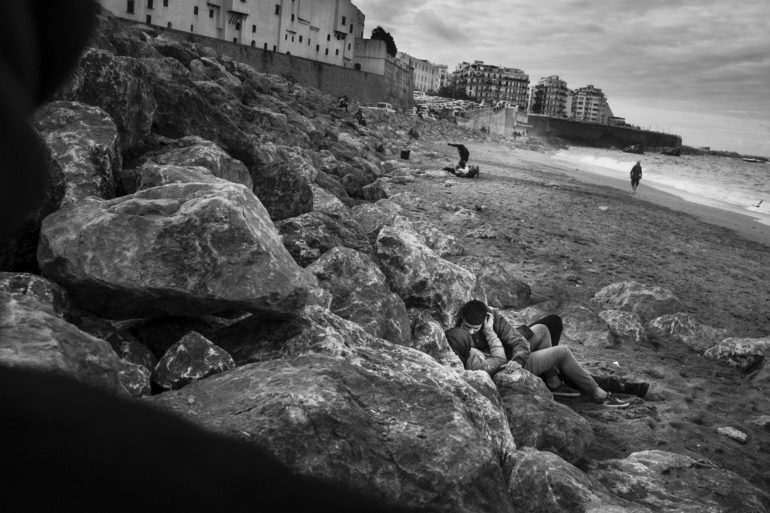
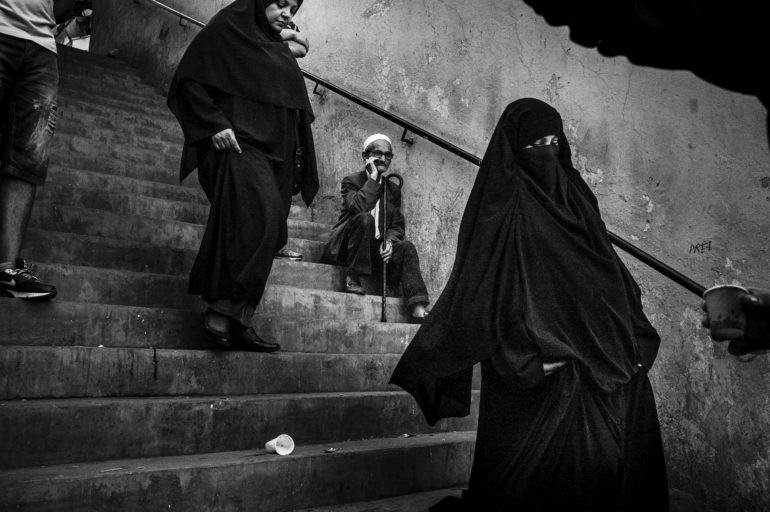
Ramon Espinosa (Sony a7r II)
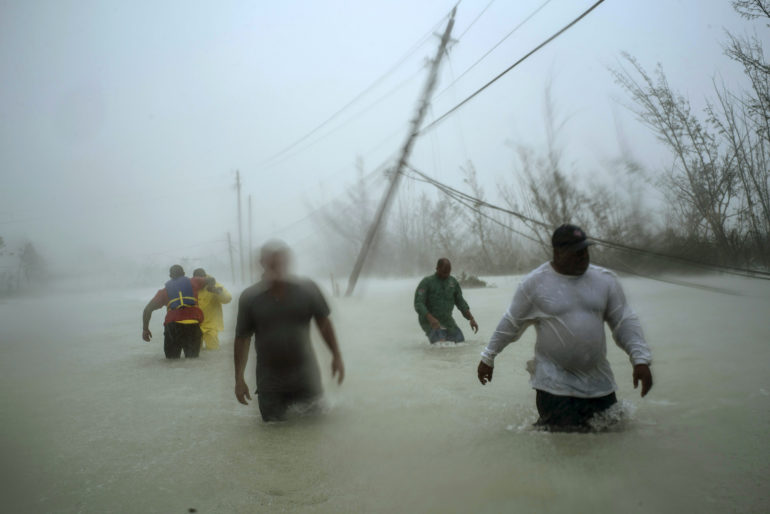
Kim Kyung-Hoon (Canon 5D IV and Canon IDX II)
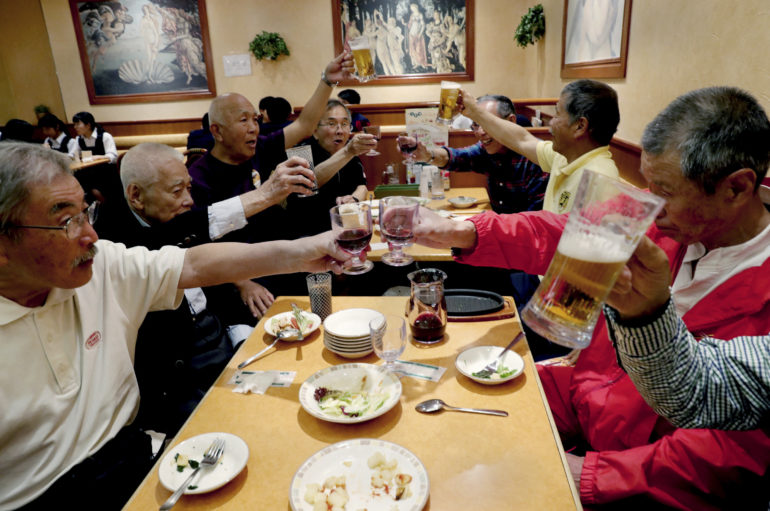
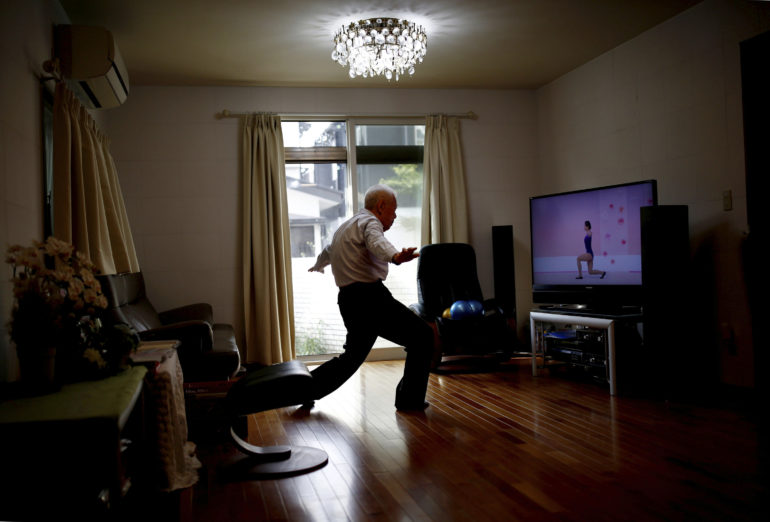
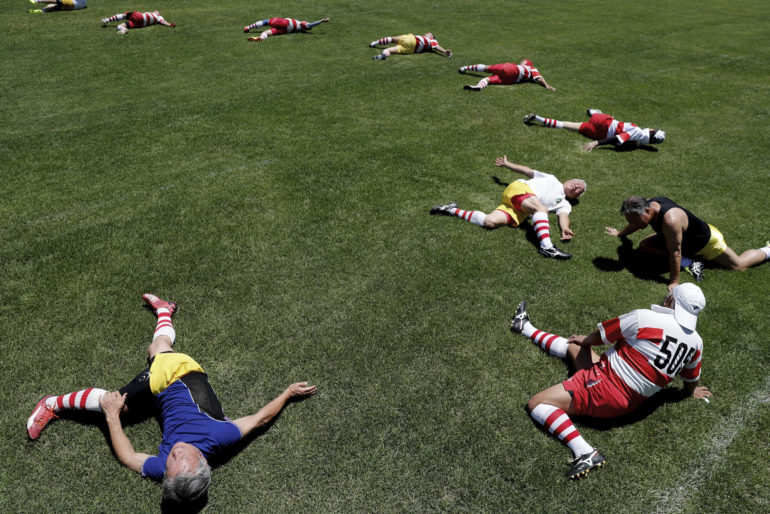
Fuwaku, founded in 1948, is one of approximately 150 Japanese clubs that stage competitive, full-contact matches for players over the age of 40.

You tackle and battle each other, but the gathering after the play is so enjoyable and fun,” said Nagayama. “We talk about how each other plays and no one gets angry about how we played. The atmosphere is great… In short, there is nothing but rugby (for me).”
Olivier Papegnies (Leica M10)
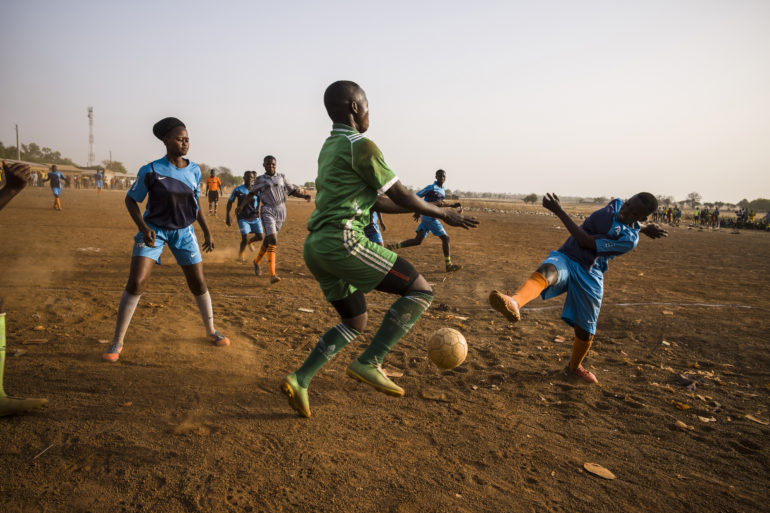
In two years, the footballers from the village of Gouande, in northern Benin, have made their mark and blazed new trails. Refusing to be confined to the status of women who are fragile, incompetent or solely dedicated to motherhood, they have come together to defend their place on all the fields.
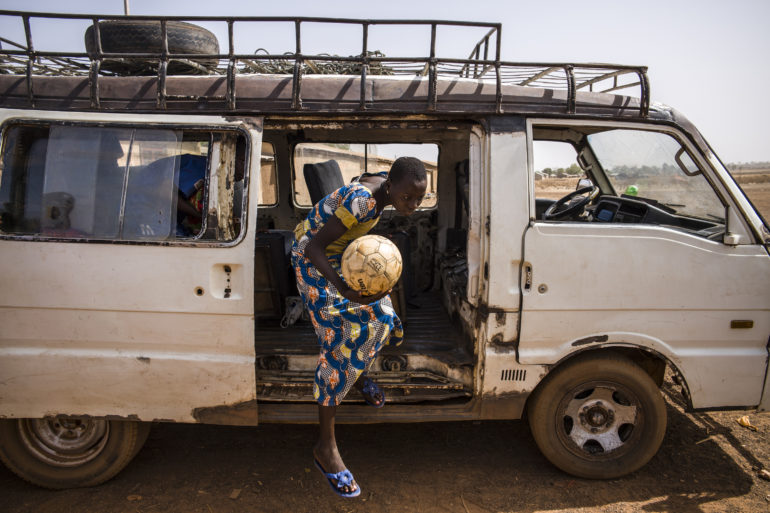
In two years, the footballers from the village of Gouande, in northern Benin, have made their mark and blazed new trails. Refusing to be confined to the status of women who are fragile, incompetent or solely dedicated to motherhood, they have come together to defend their place on all the fields.
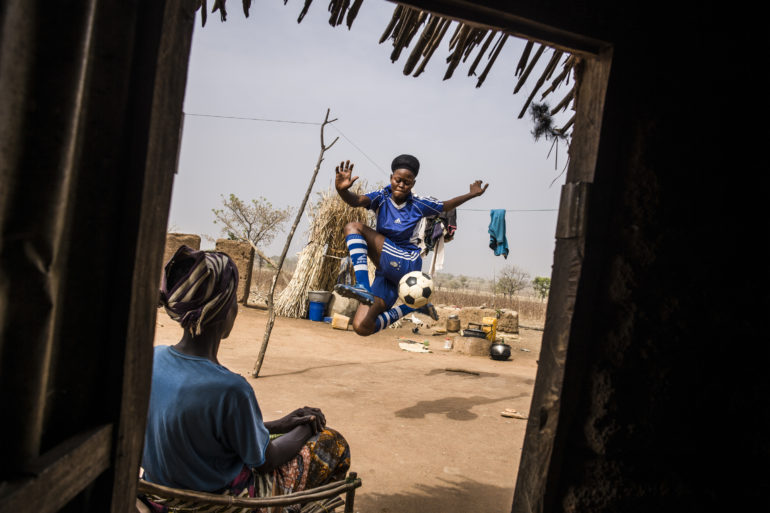
She is also among the first mothers to have encouraged her daughter in her desire to play football, a project supported by Plan International Benin. “Many people have asked me how I could let her play when it’s a boys’ sport, but I never wanted to stop Virginie from doing something for her own development. How can I not be happy today? My daughter takes care of her health, develops a lot of knowledge and has friends all over Benin. Benin, Atacora, Gouande,
Benin, Atacora, Gouande, 21 February 2019
In two years, the footballers from the village of Gouande, in northern Benin, have made their mark and blazed new trails. Refusing to be confined to the status of women who are fragile, incompetent or solely dedicated to motherhood, they have come together to defend their place on all the fields.
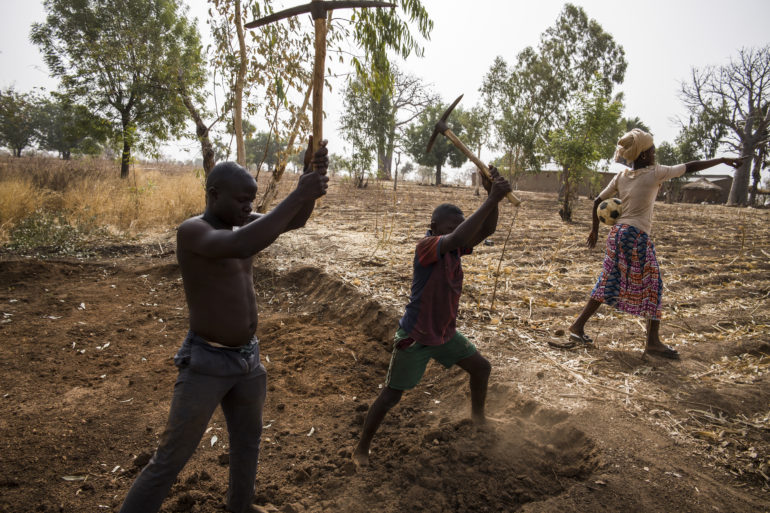
Among the Gazelles, Virginie is a big sister. ” I always tell them that they are important, that they can make a better life for themselves. “The coach uses her as an example. A responsibility that the young woman willingly assumes. Benin, Atacora, Gouande, 21 february 2019.
In two years, the footballers from the village of Gouande, in northern Benin, have made their mark and blazed new trails. Refusing to be confined to the status of women who are fragile, incompetent or solely dedicated to motherhood, they have come together to defend their place on all the fields.
Wally Skalij (Nikon D5)
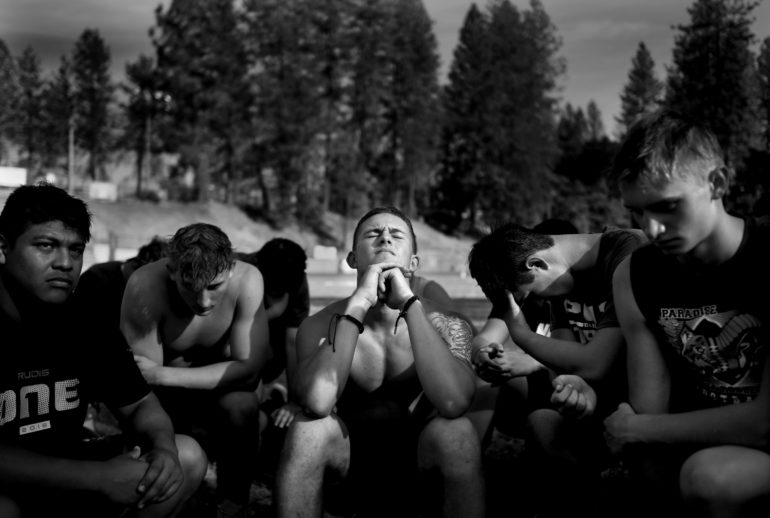

Mark Blinch (Canon 1Dx Mk II)

Silvia Izquierdo (Canon 5D Mk IV)

Oli Scarff (Nikon D4s)

Tadas Kazakevicius (Film)
Lee Ann Olwage (No Camera Info)
Tatsiana Tkachova (Fujifilm X100T and X-T10)
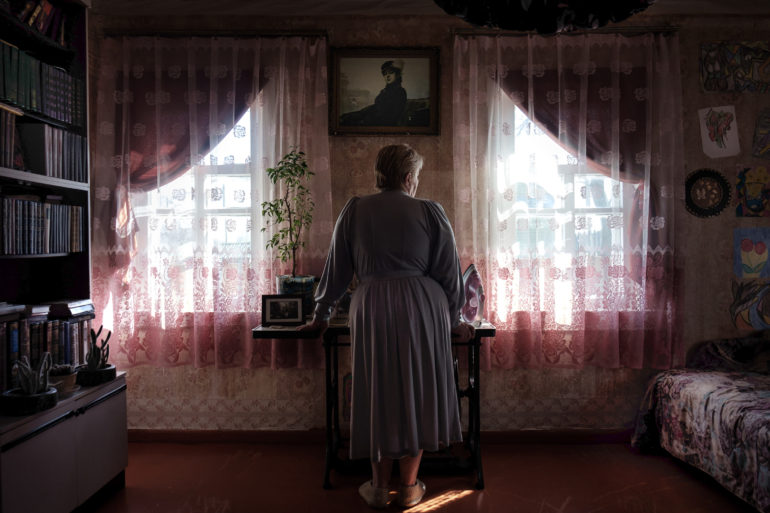
I got pregnant for the first time in April 1986, around the time of explosion at the Chernobyl nuclear power plant. If it was not the first pregnancy of a woman, the gynecologist advised not to have a baby.
I was 31 and this was my first pregnancy. So the doctor told me to take a hoilday immediately and leave the Chernobyl area for some time – no one knew what the consequences after the explosion could be. Throughout the pregnancy, I was praying that my baby would be fine. I did not calm down until I gave birth and saw that everything was fine with the baby.
I didn’t dare to have more children. The fear of the consequenses was the main reason why I had an abortion the second time. The other reason was the fear that I would not cope with two small children. It was painful and scary.

“The first time I became pregnant at the age of 23 from a man who was much older than me. I had been living alone in another country. He was my boss, who forced me to sexual relations. He did not use either condoms or other means of protecting himsef. For him, jazzing with his sperm into a woman was a thrill. I felt relieved when I had an abortion. I remember how he joked uglly and nasty that we could have a blue-eyed baby. The second story is related to my ex-husband. I was already a more mature woman. When I got pregnant, my husband and I already had a child, whom I had given birth before because of the fear to remain the infertile women. My third pregnancy I decided not to save. I understood that I no longer want a child from this man. At the time I was the breastfeeding mother and I could not have a medical abortion. It was necessary to wait for the deadline to make a vacuum. There was a terrible period: I was growing the unborn child inside with intention to kill it later.”
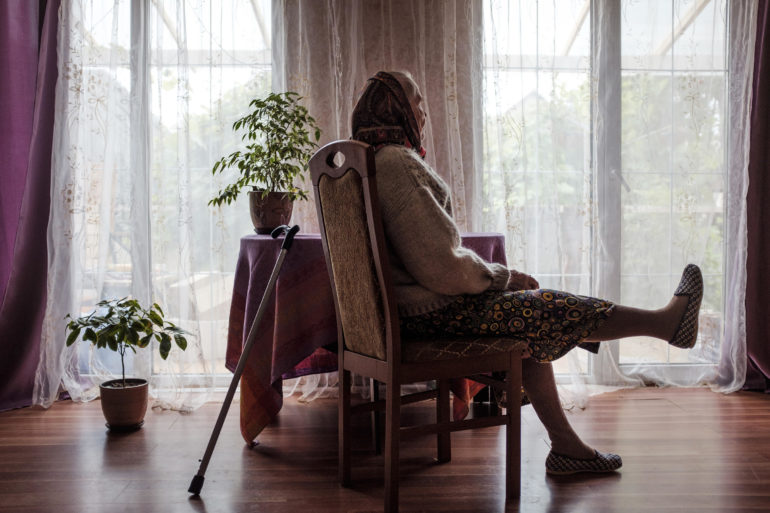
After the war, in 1945, I was afraid of everything. My leg was amputated when I was still very young. I had to use crutches for a long time, then I got a prosthetic leg and it became easier to walk.
When I was 20 years old, I got pregnant. Ivan and I were not a couple. We just met from time to time. When I told him I was pregnant, he looked at me in silence and left. His mother was against me having a baby. She said that they did not need a child from a crippled daughter-in-law, that I had to have an abortion.
I was upset. I had an abortion. I thought that without a leg I was a cripple, and nobody needed me like that. I never again let anyone close, I decided that I would stay alone. All my life I worked as a seamstress in a small town in the north of Belarus.
I do not regret having an abortion – I didn’t want to raise the child on my own.
Adam Ferguson (Sony a7r III)
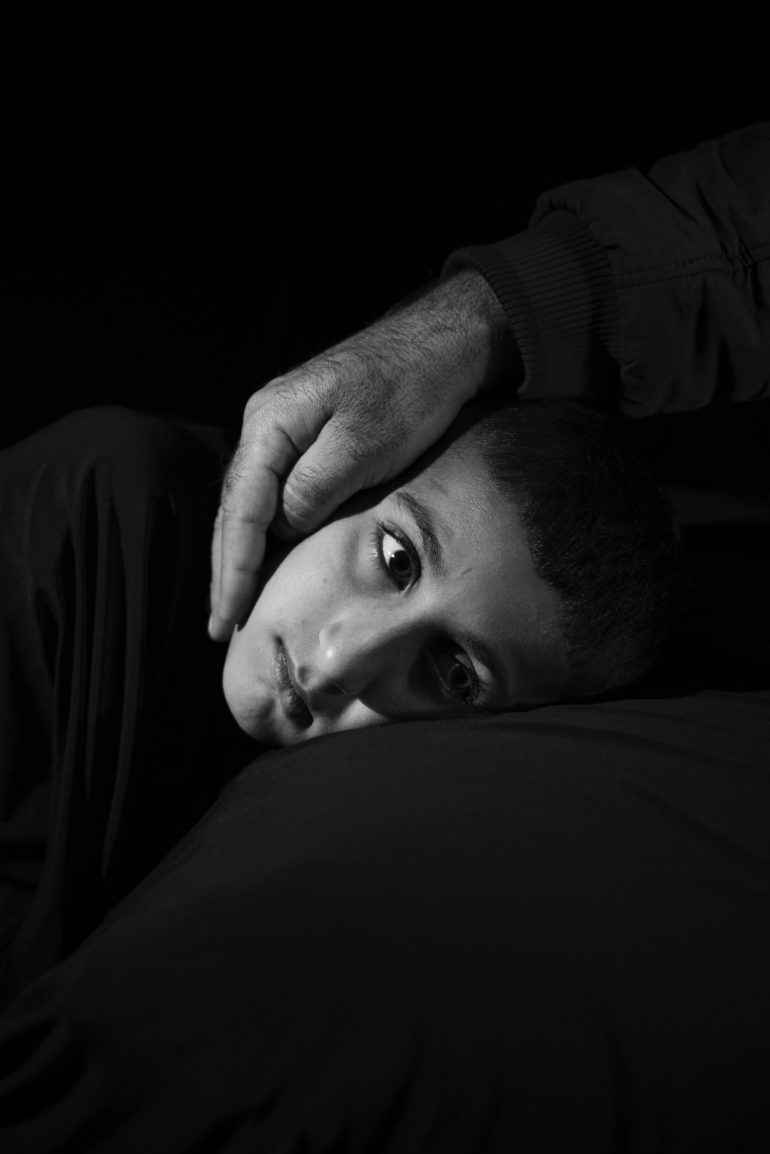
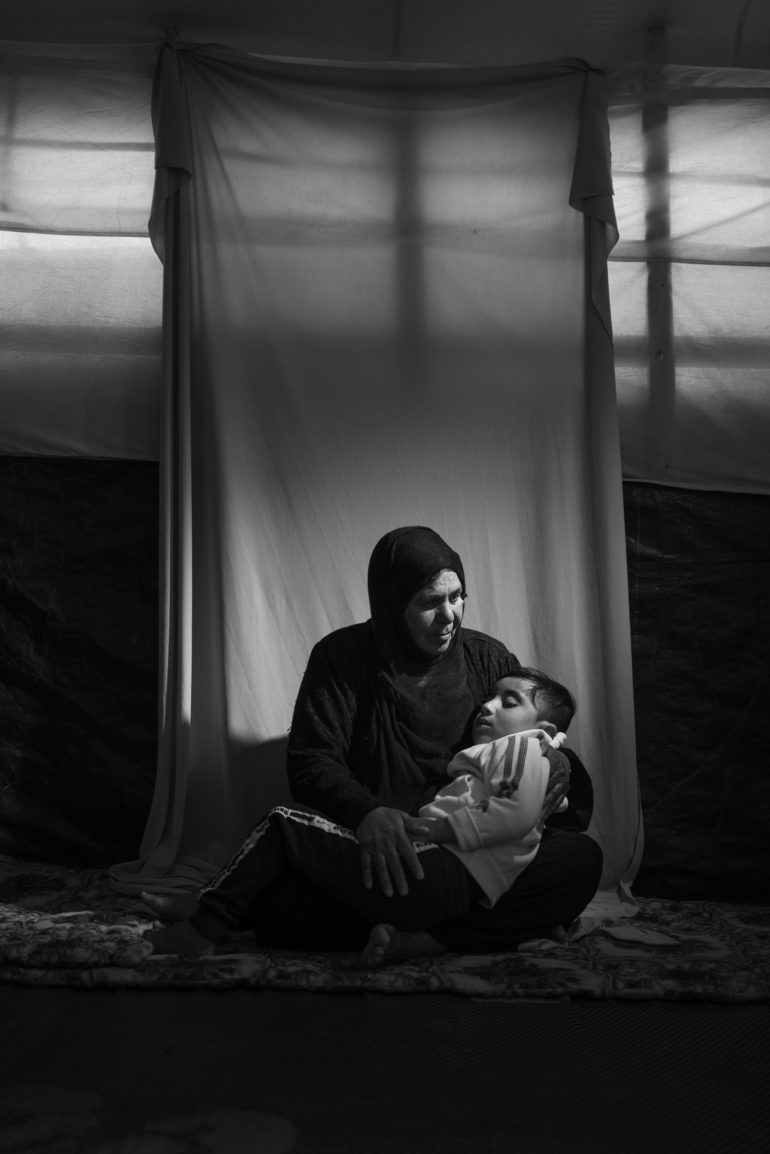
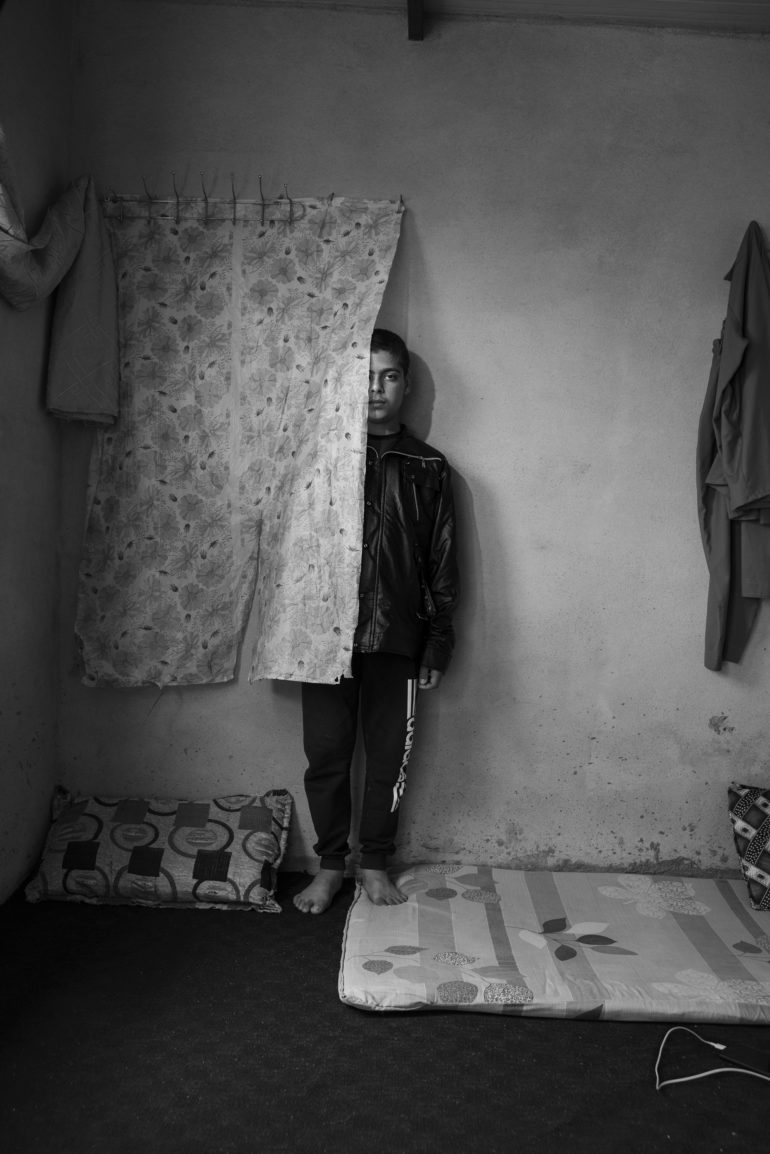
Alon Skuy (Canon 5D Mk IV)
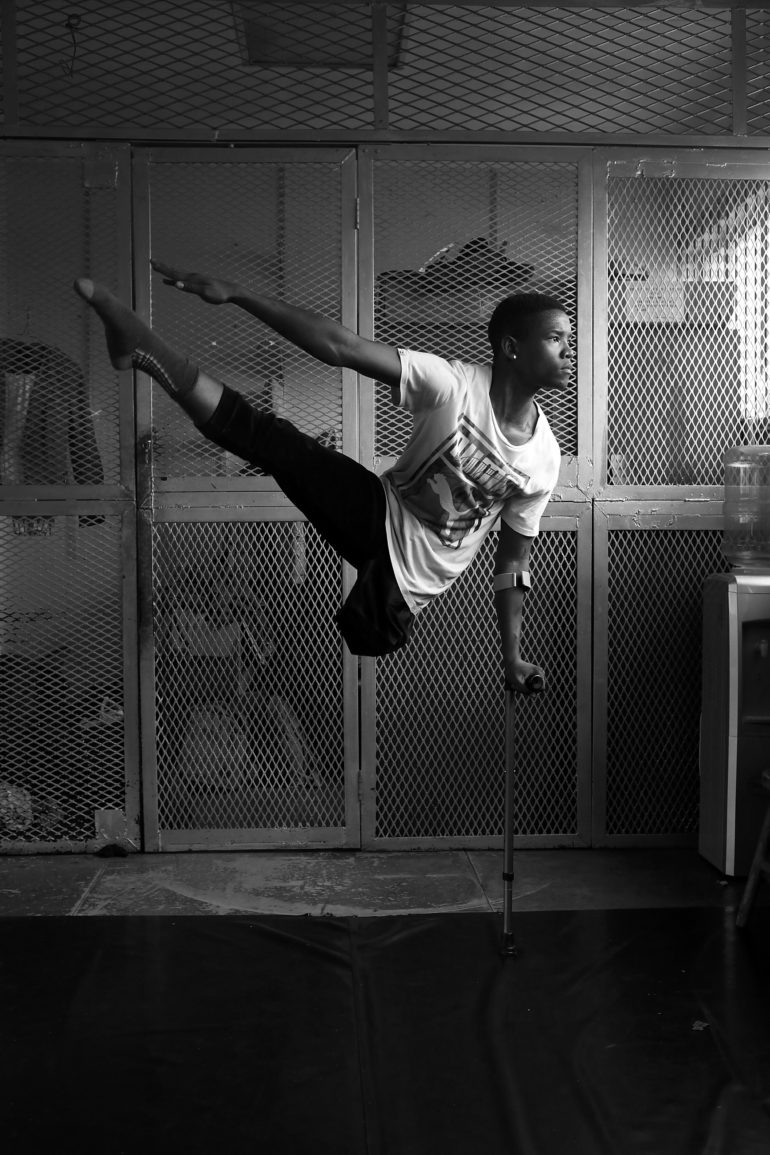
“23-year-old Musa Motha uses gravity to perfect his technique and his work is getting him noticed abroad. “
Motha’s leg was amputated when he was 11-years-old after being diagnosed with cancer.
“He had dreams of being a professional soccer player but quickly realised that he wouldn’t be able to pursue this dream.
He joined the Vuyani Dance Theatre last year and found his passion.”
The company was involved with the University of KwaZulu Natal Drama and Performance Department Pietermaritzburg when they hosted internationally renowned dancer, choreographer, teacher, director and scriptwriter Gregory Maqoma at this year’s Dance Experia Festival. The festival included a masterclasses which was open to the public and ended with a solo performance of Ketima by Maqoma, followed by Rise by Vuyani Dance Theatre choreographers.
Ivor Prickett (Canon 5D Mk IV)
